Last updated on April 23, 2024
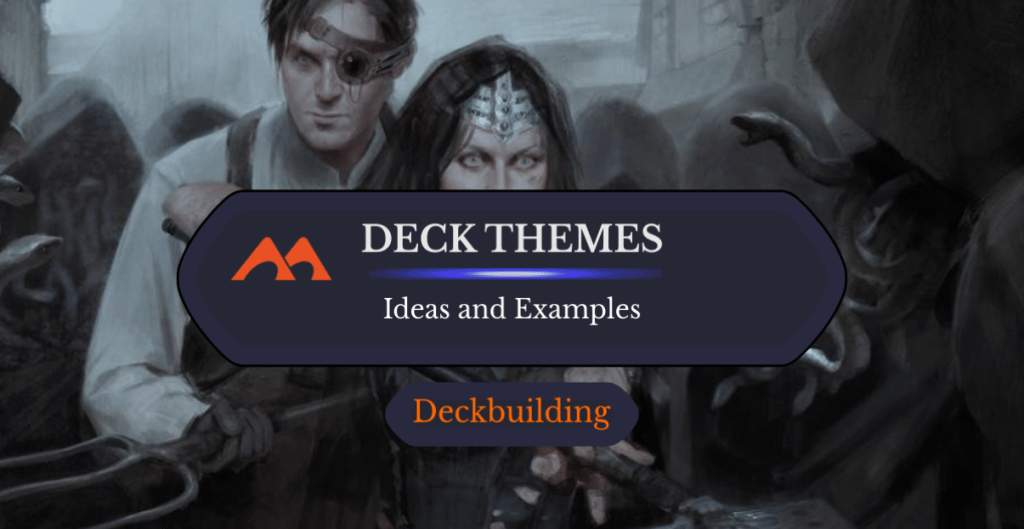
Gisa and Geralf | Illustration by Karla Ortiz
So, you’re going to build a MTG deck from scratch. You’ve got some cards, and you’ve seen people build decks to battle each other. The easiest way to do this is to know what’s the theme of the deck you want to be playing. The deck theme provides you with information, such as which cards you’re probably playing, the most efficient spells for each theme, how you win, and sometimes how you avoid losing.
Today we’re looking at deck themes, and why they’re so important to MTG and for you as a player. I’ll also suggest some deck themes that are so integral to the game that you’ve got to try next. Without further ado, let’s dive in!
What Counts as a Deck Theme?
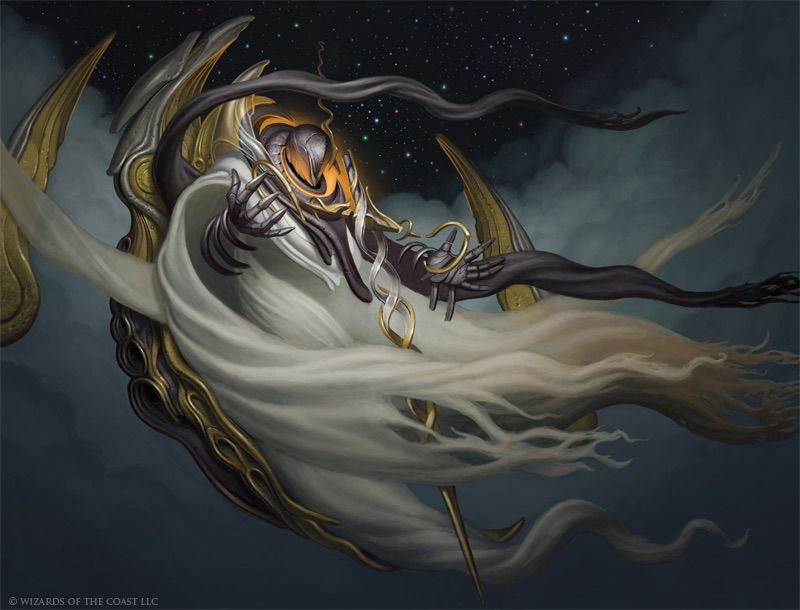
Supreme Phantom | Illustration by Robbie Trevino
The theme of the deck is essentially what your deck is trying to do, how it wins, and which cards it’s most likely to be playing. Over the course of decades, MTG players created terms so that players understand each other easily. An experienced MTG player usually gets what a Typal deck is trying to do, or a Storm Combo deck or a Reanimator deck. Those themes carry a lot of meaning.
We also relate the deck theme to how the deck behaves in a match. Does it want to attack frequently with creatures? Does it want to stay back and watch? Does it rely on particular combos or card synergies?
Macro Strategies
One of the main ways to classify a deck is its speed, or how fast it wants to win. There are usually three deck speeds: aggressive decks, combo decks, and control decks.
- Aggressive, or aggro decks, want to attack. These decks play a lot of cheap creatures, cheap interaction, and ways to generate massive attacks.
- Control decks are on the opposite spectrum, where they have answers to the opponent’s threats. Control decks want to kill the opponent’s creatures and hold counterspells to deal with their cards before they hit the table. These are what we call slow decks.
- Another classic deck theme is the combo deck. These decks want to assemble a combination of two or three cards for an instant win. The speed of this deck is relative because you want to combo as fast as you can to avoid dying to aggressive decks or to prevent control from establishing their game plan.
Creature Type Matters
Creatures are the most important type of cards for most MTG decks. Decks that care about the type of the creature are called typal decks. For example, if I have Lord of Atlantis in play, all merfolk get +1/+1, so if all creatures that I control are merfolk, they all get the bonus. Decks that go all in on a type of card are often called Linear decks. I can have a zombie deck, elf deck, goblin deck, fliers deck, the list goes on.
Spellslinger Deck
A Spellslinger deck is filled with instants and sorceries and cards that care about them being cast. I can have a creature like Guttersnipe in play and cast a lot of instants and sorceries, dealing a lot of damage to my opponents. The more Guttersnipe-type cards I have in play as I’m casting instants and sorceries, the better. Cards like Kiln Fiend, Thermo-Alchemist and Young Pyromancer are good in these strategies but in different ways.
Graveyard Deck
When cards are destroyed, discarded, or milled, they go to the graveyard. That’s not the end though, because many cards have abilities that benefit from cards in graveyards or that can bring dead creatures back to life. You can have cards like Jarad, Golgari Lich Lord that get stronger as more cards get into your graveyard or cards like Gurmag Angler which use the graveyard to get a discount in the mana requirements.
Build Around Deck

Sometimes you build your entire deck around a certain card. For example, a Birthing Pod deck is built around Pod, a classic card that allows you to sacrifice a creature to get another creature from your deck into play, provided that this new creature costs 1 mana more than the sacrificed one. This card allows players to fill their decks with lots of different creatures that can combo off or creatures that provide removal, lifegain or graveyard hate.
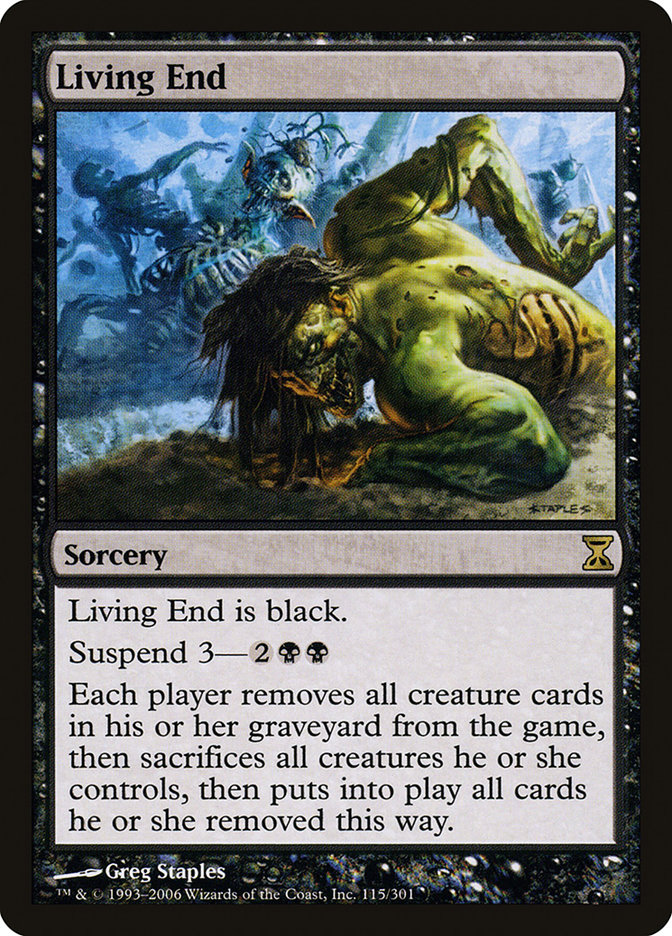
Another example is the Living End deck, which requires you to fill your graveyard by cycling creatures. Once you cast Living End, they’ll all return to life while your opponent loses their creatures.
Deck Themes
Now that we’ve got the deck definitions out of the way, let’s talk about some of the most famous deck themes and archetypes. Please note that this isn’t an extensive list, and there are lots of deck themes that aren’t covered here. Still, most decks that aren’t covered here can be described as a variation of these deck themes. Also, these are numbered but aren’t ranked in any way.
#13. Mono-Red Aggro
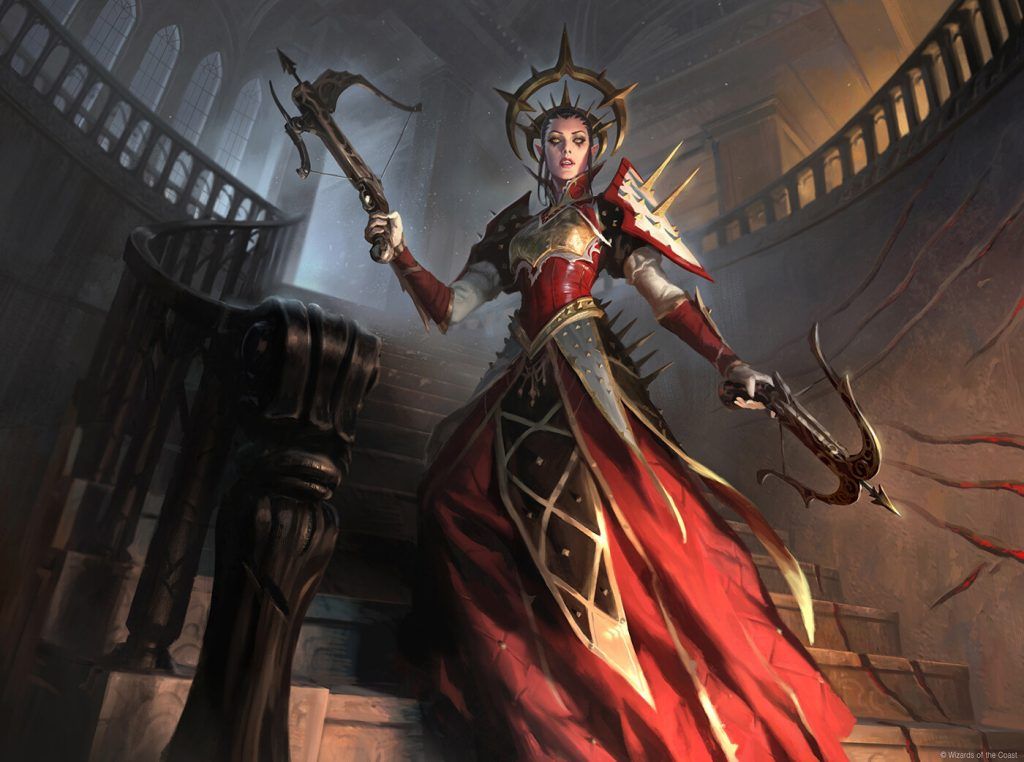
Bloodthirsty Adversary | Illustration by Heonhwa Choe
Creature (26)
Bloodthirsty Adversary x4
Charming Scoundrel x3
Feldon, Ronom Excavator x3
Furnace Punisher x4
Goddric, Cloaked Reveler x2
Monastery Swiftspear x4
Phoenix Chick x4
Squee, Dubious Monarch x2
Instant (12)
Lightning Strike x4
Play with Fire x4
Witchstalker Frenzy x4
Sorcery (7)
End the Festivities x3
Lithomantic Barrage x4
Enchantment (4)
Kumano Faces Kakkazan / Etching of Kumano x4
Artifact (4)
Land (22)
Mishra's Foundry x3
Mountain x17
Sokenzan, Crucible of Defiance x2
This is a classic deck theme. It deals damage fast to kill your opponent, and red does it best. You’ll have a lot of small creatures, preferably with haste and a lot of burn spells, spells that deal direct damage to your opponents to close a game. Depending on the deck’s composition, it can be more of an aggressive creature deck, or it can rely more on the burn spells to make what we call a burn deck. The decklist shown is of a mono-red aggro that sees play in the current Standard format.
As you can see, most of the cards are cheap, and there are lots of creatures with haste. Monastery Swiftspear, Phoenix Chick, and the like. There are spells that can go face like Play with Fire and Lightning Strike. A card like Viashino Pyromancer in this type of deck serves double duty because it enters the battlefield, deals damage, and can attack later. This deck usually plays a low land count, and even lands like Mishra's Foundry and Sokenzan, Crucible of Defiance can become creatures and attack.
#12. White Weenie/Go Wide
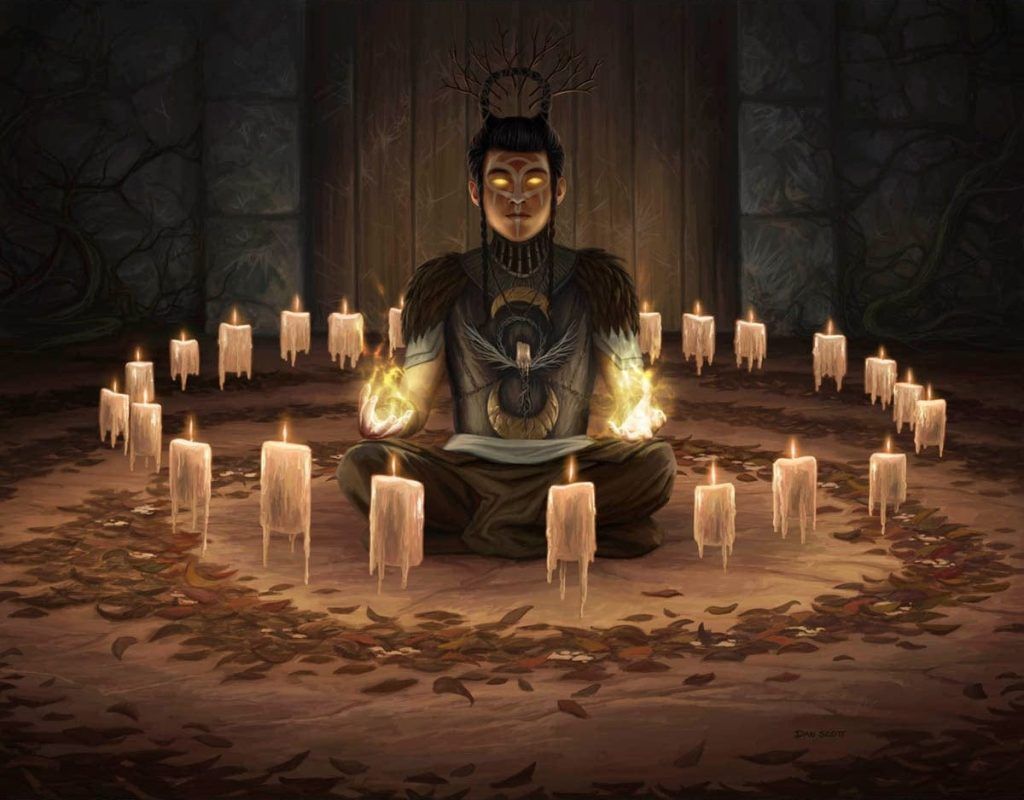
Hopeful Initiate | Illustration by Dan Scott
Creature (36)
Hopeful Initiate x4
Recruitment Officer x4
Skrelv, Defector Mite x2
Coppercoat Vanguard x4
Guardian of New Benalia x4
Thalia, Guardian of Thraben x4
Adeline, Resplendent Cathar x4
Anointed Peacekeeper x2
Brutal Cathar / Moonrage Brute x4
Knight-Errant of Eos x4
Sorcery (2)
Land (22)
White weenie has this name because most of the creatures are small-sized creatures. This deck usually plays lots of 1-drops and 2-drops and has some ways to back them up: either equipment cards, a card like Glorious Anthem, or a one-time effect like Inspired Charge. Here’s a white weenie deck that sees play in Standard. Also, white weenie decks can splash other colors like red and green or play some artifact creatures.
This deck plays a lot of cheap creatures, and note that many of them benefit from numbers or have some spell-related effect. Brutal Cathar is removal, while Skrelv, Defector Mite offers protection and evasion, and Recruitment Officer can even draw cards later in the game. This deck only wants strength in numbers and attack. This archetype is also called go-wide because your board is going to be wide with creatures. Finally, Adeline, Resplendent Cathar and Knight-Errant of Eos benefit from your numbers and deliver a big punch.
#11. Fliers

Mausoleum Wanderer | Illustration by Kieran Yanner
Creature (26)
Kitesail Larcenist x2
Mausoleum Wanderer x4
Shacklegeist x4
Ascendant Spirit x4
Rattlechains x4
Spectral Sailor x4
Supreme Phantom x4
Enchantment (5)
Combat Research
Curious Obsession x4
Artifact (1)
Instant (6)
Slip Out the Back
Geistlight Snare x4
Spell Pierce
Land (22)
Faceless Haven x3
Otawara, Soaring City
Snow-Covered Island x18
Like the white weenie archetype, this deck plays a lot of creatures, only that they are all fliers and thus hard to block. This deck is usually blue, or blue and white. The main difference is that since you’re playing blue, you can protect your creatures with countermagic, bounce enemy creatures to their hand, and more. Blue doesn’t have the sheer strength that other colors have to attack, so they have to rely on other means. You can also hold countermagic or play your creatures at instant speed to deceive your opponents. The example deck is a Pioneer decklist that plays blue fliers.
As you can see, these creatures all fly and are hard to block. Specifically in this deck, there’s a spirits theme going on, with cards like Supreme Phantom that buffs all your spirits, but the creatures could also be all birds if you want. One common play pattern in this deck is to attach Curious Obsession to a creature, then start attacking and draw cards. You’ll then protect this enchanted creature with your counterspells and ride it to victory. There are also synergies in cards like Icon of Ancestery and Geistlight Snare that are better when you have spirits around.
#10. The Rock

Glissa Sunslayer | Illustration by Krharts
Planeswalker (3)
Creature (15)
Glissa Sunslayer x3
Graveyard Trespasser x2
Mosswood Dreadknight x4
Scavenging Ooze x3
Sheoldred, the Apocalypse x3
Instant (9)
Assassin's Trophy x3
Fatal Push x4
Go for the Throat x2
Sorcery (6)
Duress x2
Thoughtseize x4
Enchantment (1)
Artifact (1)
Land (25)
Blooming Marsh x4
Boseiju, Who Endures
Castle Locthwain x2
Deathcap Glade x2
Field of Ruin x3
Forest x2
Hive of the Eye Tyrant x2
Overgrown Tomb x4
Restless Cottage
Swamp x3
Takenuma, Abandoned Mire
The Rock is a midrange deck that usually combines big creatures present in green with good removal spells and discard effects present in black. This way you’re killing them fast with beefy creatures and making short work of the opposition’s creatures with Doom Blades and the like.
Cards that go well in this archetype are Thoughtseize, Tarmogoyf, Dark Confidant, and Liliana of the Veil. This deck often adds red or white to have access to cards like Lightning Bolt or Path to Exile.
The example deck is from Pioneer and has a combination of threats, answers, and discard. You have good removal in Fatal Push and Assassin's Trophy, good beefy creatures in Graveyard Trespasser and Glissa Sunslayer, as well as discard. This deck isn’t awesome against a certain deck, but it can handle every matchup well. You can change the threats and answers based on the metagame too – better cards against aggro, control, or combo.
#9. Ramp
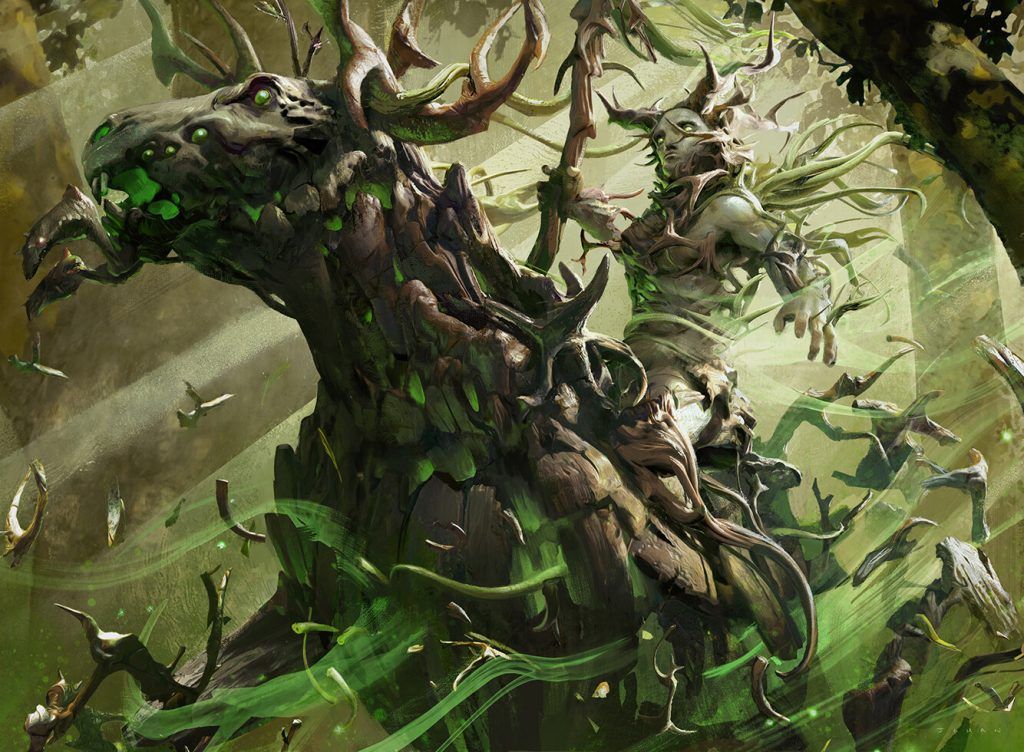
Cavalier of Thorns | Illustration by Jehan Choo
Planeswalker (3)
Creature (32)
Blossoming Tortoise x4
Cavalier of Thorns x4
Cityscape Leveler x4
Elvish Mystic x4
Emrakul, the Promised End x3
Hornet Queen x4
Polukranos Reborn / Polukranos, Engine of Ruin x3
Scavenging Ooze x4
Titan of Industry x2
Enchantment (8)
Oath of Nissa x4
Wolfwillow Haven x4
Artifact (5)
Damping Sphere x4
God-Pharaoh's Statue
Land (23)
Boseiju, Who Endures
Castle Garenbrig x4
Forest x8
Lair of the Hydra x2
Nykthos, Shrine to Nyx x4
Sunken Citadel x4
This is your classic green deck, often green and blue deck. You’ll have many ways to generate excess mana and turn this mana into expensive cards that eventually win you the game. Most importantly, you’ll want to be ahead of the competition in mana production. Sometimes these decks also play blue and/or red to channel all the extra mana into powerful X spells like Hydroid Krasis. Here’s a mono green ramp/devotion deck in Pioneer.
This deck leverages cards like Elvish Mystic and Wolfwillow Haven that allow you to generate extra mana. This mana is then used to cast powerful cards ahead of schedule, like Cityscape Leveler, Titan of Industry, and Cavalier of Thorns. A key card in this deck is the land Nykthos, Shrine to Nyx, which generates green mana based on your devotion to green, and it's very common that this land taps for 4-5+ mana.
#8. Lifegain
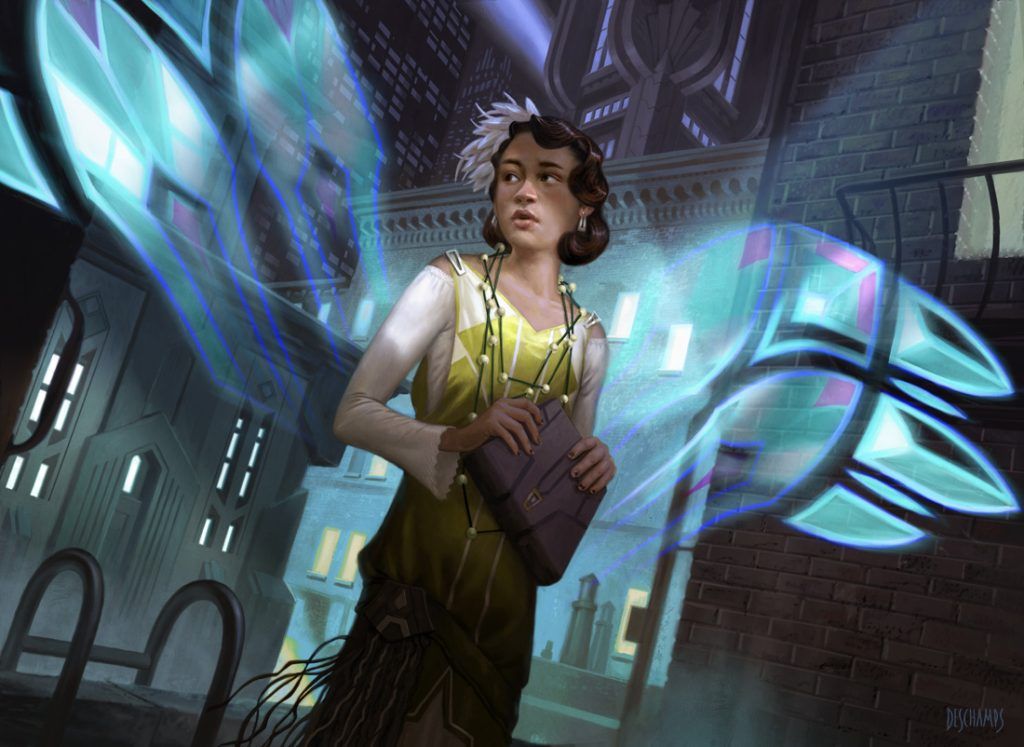
Giada, Font of Hope | Illustration by Eric Deschamps
Planeswalker (1)
Creature (32)
Bishop of Wings x4
Giada, Font of Hope x4
Inspiring Overseer x4
Lunarch Veteran / Luminous Phantom x4
Resplendent Angel x4
Righteous Valkyrie x4
Speaker of the Heavens x4
Youthful Valkyrie x4
Instant (4)
Enchantment (8)
Oath of Nissa x4
Wolfwillow Haven x4
Artifact (5)
Damping Sphere x4
God-Pharaoh's Statue
Land (23)
Boseiju, Who Endures
Branchloft Pathway / Boulderloft Pathway x4
Cave of the Frost Dragon
Eiganjo, Seat of the Empire
Overgrown Farmland x4
Plains x4
Razorverge Thicket x4
Temple Garden x4
If you're gaining life consistently, chances are you’re not losing – especially to aggressive decks. Besides that, you’re getting the most out of your lifegain with specific cards. These decks are usually white-based, and often have black because these are the two colors that gain the most life. The payoffs for gaining life are many: you can have Heliod Sun-Crowned which gives +1/+1 counters, Voice of the Blessed that gets stronger, and even win the game via Felidar Sovereign.
Here’s an angel/lifegain deck in Explorer. This deck is a white angels deck splashing green for Collected Company. The deck has main payoffs for gaining life, like Speaker of the Heavens, Righteous Valkyrie, and Resplendent Angel. Giada, Font of Hope is a good reason to play angels. Once you get to 7 life more than your starting total – usually 27, your guys get a lot stronger. Collected Company can help you find the cards you need or rebuild your board after a board wipe.
#7. Reanimator
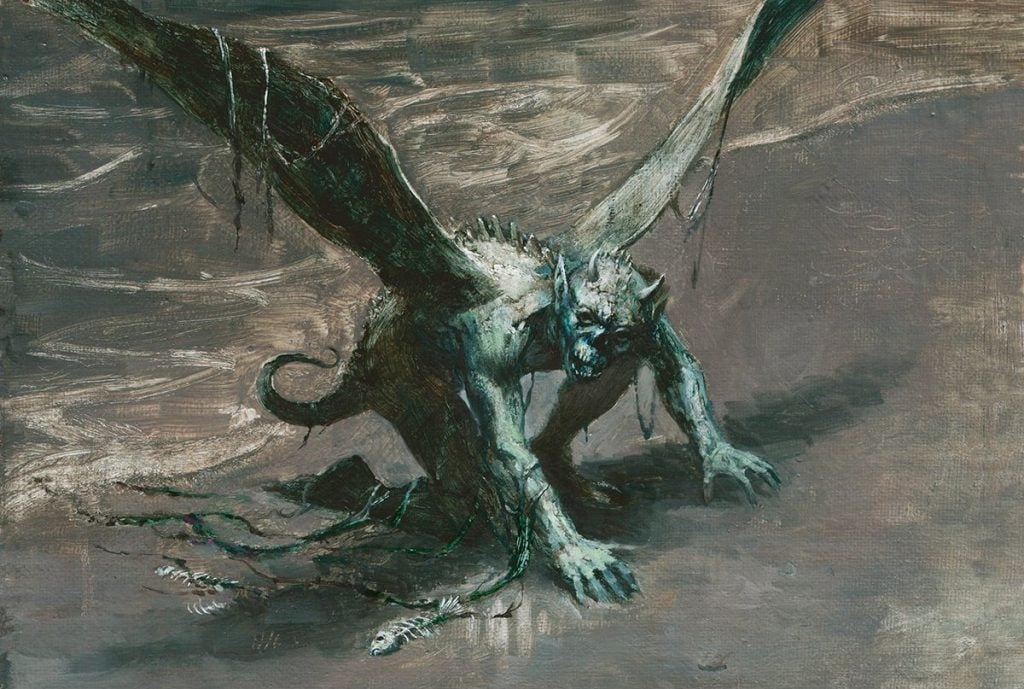
Stinkweed Imp | Illustration by Nils Hamm
Creature (32)
Blanchwood Prowler x4
Generous Ent x4
Lotleth Giant x4
Mire Triton x4
Satyr Wayfinder x4
Scrapwork Mutt x4
Stinkweed Imp x4
Troll of Khazad-dûm x4
Instant (4)
Sorcery (8)
Acorn Harvest x4
Dread Return x4
Enchantment (8)
Oath of Nissa x4
Wolfwillow Haven x4
Artifact (5)
Damping Sphere x4
God-Pharaoh's Statue
Land (16)
Forest x5
Geothermal Bog
Haunted Mire x4
Swamp x5
Wooded Ridgeline
Reanimator decks are a mix between graveyard decks and combo decks. You’ll want to put a strong creature in your graveyard and then return it to the battlefield, via cards like Animate Dead, Reanimate, or Dread Return. Here’s an example of a Pauper deck combining Dread Return and Lotleth Giant.
This deck has decent-sized creatures that you can put easily on your graveyard, like Generous Ent and Troll of Khazad-dûm by cycling. You also have many ways to fill your graveyard with creatures, like Satyr Wayfinder and Mire Triton. The main objective of this deck is to bring back a Lotleth Giant and deal enough damage to kill your opponent this way, but bringing back the Ent and the Troll is fair game too. You can also gain life with Gnaw to the Bone or flashback Acorn Harvest while you set the big finish.
#6. Infect

Blighted Agent | Illustration by Anthony Francisco
Infect is practically the same deck just about everywhere. Cheap infect creatures paired up with the best pump spells the format has to offer. The two result in one, sometimes two-turn kill that kills your opponent before they have a chance to really fight back.
Blighted Agent and Inkmoth Nexus are your main hitters, and Berserk can be one of your most potent buffs. There's not that much to it, and that plus its high ceiling is what makes this deck so strong.
#5. Sacrifice/Aristocrats
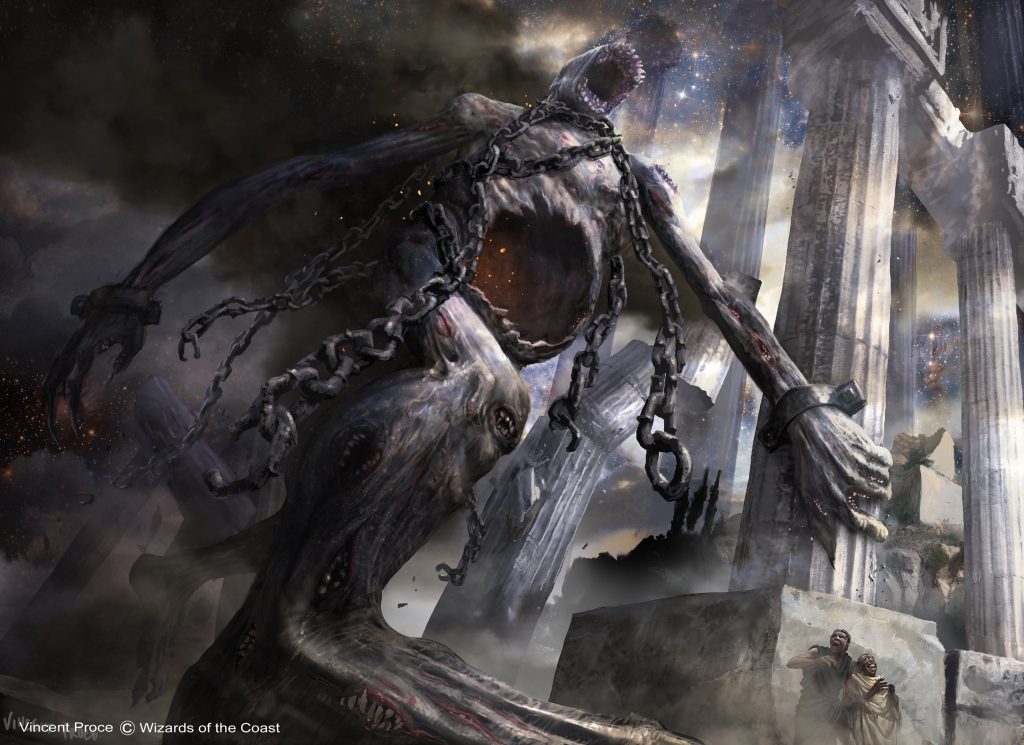
Kroxa, Titan of Death's Hunger | Illustration by Vincent Proce
Creature (16)
Bloodtithe Harvester x4
Cauldron Familiar x3
Kroxa, Titan of Death's Hunger
Mayhem Devil x4
Syr Ginger, the Meal Ender x2
Unlucky Witness x2
Instant (8)
Deadly Dispute x4
Fatal Push x4
Sorcery (6)
Claim the Firstborn x3
Thoughtseize x3
Enchantment (4)
Fable of the Mirror-Breaker / Reflection of Kiki-Jiki x4
Artifact (4)
Witch's Oven x4
Land (22)
Blackcleave Cliffs x2
Blightstep Pathway / Searstep Pathway x4
Blood Crypt x4
Den of the Bugbear x2
Hive of the Eye Tyrant x2
Mountain
Ramunap Ruins
Sokenzan, Crucible of Defiance
Sulfurous Springs x2
Swamp x2
Takenuma, Abandoned Mire
This deck consists of getting small benefits each time you sacrifice a permanent. You’ll usually want a card like Mayhem Devil in play that deals 1 damage to any target when you sacrifice a permanent. For this deck to work, you’ll need three things: a sacrifice outlet, payoffs for sacrificing your cards, and sacrifice fodder to make the engine work.
This Explorer red-black sacrifice deck is a good example. Your sacrifice outlets are Witch's Oven and Deadly Dispute. Your sacrifice fodder can be either Cauldron Familiar, Unlucky Witness, or things you steal from your opponents with Claim the Firstborn. The main payoff for this strategy is Mayhem Devil. Note that Witch's Oven and Cauldron Familiar are an engine on their own – this is the famous cat-oven combo. You’ll use the oven to sacrifice the cat and make a Food token, and then you’ll sacrifice the Food to bring the cat back.
#4. Draw-Go Control
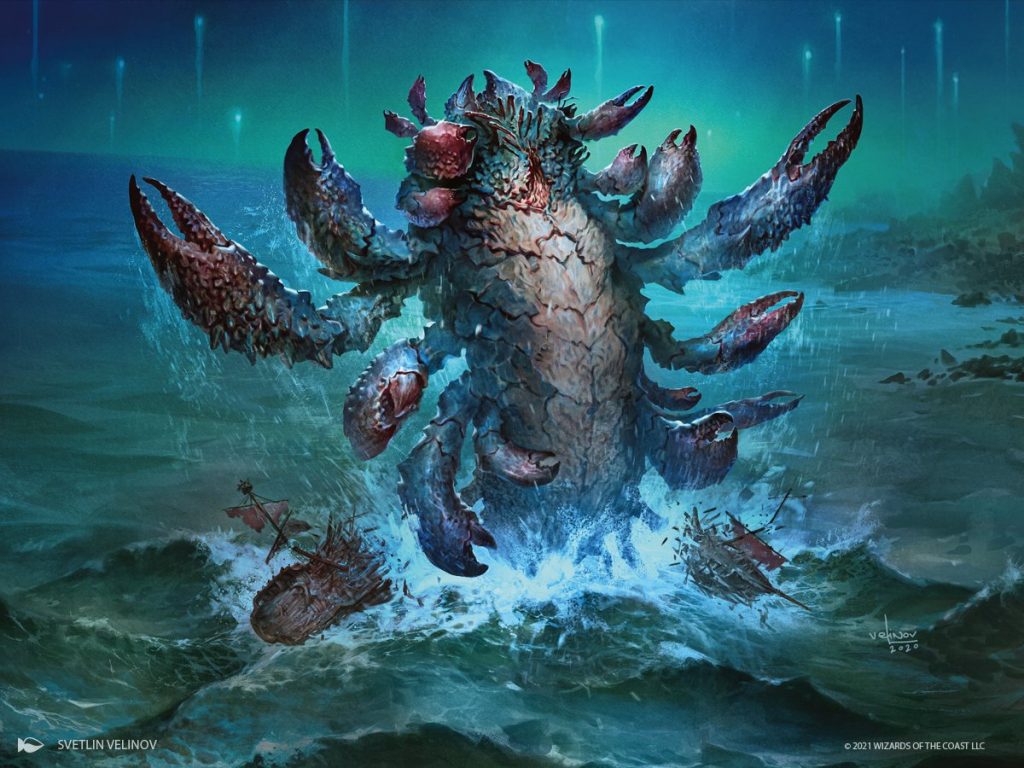
Hullbreaker Horror | Illustration by Svetlin Velinov
Creature (2)
Instant (29)
Fires of Victory x3
Negate x3
Essence Scatter x2
Dissipate x4
Syncopate x3
Abrade x3
Memory Deluge x4
Flame-Blessed Bolt x4
Thirst for Discovery x3
Sorcery (3)
Burn Down the House x2
Silver Scrutiny
Land (26)
Stormcarved Coast x4
Otawara, Soaring City
Sokenzan, Crucible of Defiance
Island x9
Mountain x7
Shivan Reef x4
Control decks want to have resource and card advantage in the long run. This deck is called draw-go because it’s totally reactive to your opponent’s plays. If they don’t do anything, you don’t need to. You’ll just draw, play a land, and say, “Go.” If they play a spell worth countering or a creature worth killing, then go for it. These decks are usually blue-based, often adding white or black.
Note that almost all of these cards are instant-speed, like the instants spells and a flash creature like Hullbreaker Horror. Burn Down the House is a sorcery you’ll cast whenever your opponent has a formidable board and you want to burn it all. It can also be used in the token-making mode if needed. You’re either killing their creatures via Fires of Victory and Abrade, or we’re drawing cards with Memory Deluge or Thirst for Discovery. You have some counter magic too, like Negate and Dissipate. Once you drop your big Horror, it’s mostly game over.
Draw-go control can rely on other powerful win conditions, like Teferi, Hero of Dominaria or Dream Trawler.
#3. Mono-Black Control

Sheoldred, the Apocalypse | Illustration by Chris Rahn
Planeswalker (4)
Sorin the Mirthless x2
Liliana of the Veil x2
Creature (7)
Phyrexian Fleshgorger x2
Graveyard Trespasser x2
Sheoldred
Sheoldred, the Apocalypse x2
Instant (10)
Go for the Throat x3
March of Wretched Sorrow
Cut Down x3
Sheoldred's Edict x2
The End
Sorcery (7)
Duress
Corrupt x3
Path of Peril x2
Rankle's Prank
Enchantment (6)
Virtue of Persistence x2
Phyrexian Arena x4
Land (26)
This is a control deck that relies on the power of swamps to destroy your enemies. Here you’re relying on cards like Mutilate, Gray Merchant of Asphodel, and Corrupt, that get significantly stronger when your deck is mono-black. Also, black has usually good recursive threats, and ways to draw cards, as well as access to sweepers.
The example deck is a mono-black control deck in Standard. A good control deck needs ways to get ahead on resources and a good win condition. This deck has cards like Phyrexian Arena and Sorin the Mirthless to get ahead on cards while relying on Sheoldred, the Apocalypse and Virtue of Persistence as win conditions. Black also has top-notch removal spells to complement the game plan. In this deck, Corrupt can kill a player out of nowhere or be a powerful removal spell that gives you life.
#2. Typal

Krenko, Mob Boss | Illustration by Karl Kopinski
Creature (31)
Skirk Prospector x4
Munitions Expert x4
Conspicuous Snoop x4
Rundvelt Hordemaster x4
Goblin Chieftain
Goblin Warchief x3
Pashalik Mons x2
Sling-Gang Lieutenant x4
Krenko, Mob Boss
Muxus, Goblin Grandee x4
Enchantment (4)
Fable of the Mirror-Breaker x4
Land (25)
Mountain x3
Sulfurous Springs x4
Blightstep Pathway x4
Den of the Bugbear x4
Haunted Ridge x2
Secluded Courtyard x4
Blood Crypt x4
Typal decks are rely on one creature type and its synergies. These decks used to be called tribal decks, because Lorwyn set had tribal spells. (Now tribal decks and synergies are called typal, while the tribal card type has been changed to kindred.) Throughout MTG’s history there have been many different typal decks, and here I want to showcase a Goblins Historic deck.
All the creatures in this deck are goblins, and you even have a lands that turn into goblins. This is a red deck that splashes black for Munitions Expert and Sling-Gang Lieutenant. It’s a deck that wants to amass a huge number of goblins and attack your enemy, and it can be boosted by cards like Goblin Chieftain and Rundvelt Hordemaster. Also, there’s a small sacrifice theme going on, so cards like Pashalik Mons and Sling-Gang Lieutenant can sacrifice goblins for profit and that gives this aggressive deck some reach.
#1. Affinity for Artifacts

Thraben Inspector | Illustration by Matt Stewart
Creature (22)
Frogmite x4
Gingerbrute x4
Moon-Circuit Hacker x3
Myr Enforcer x3
Ornithopter x4
Thraben Inspector x4
Instant (5)
Dispel x2
Metallic Rebuke x3
Sorcery (8)
Of One Mind x4
Thoughtcast x4
Enchantment (4)
Artifact (4)
Land (17)
Ancient Den x4
Darksteel Citadel x3
Island x2
Razortide Bridge x4
Seat of the Synod x4
Here’s an old one that sees play in many Eternal formats. Affinity is a mechanic that rewards you for having a lot of artifacts in play. There are other such mechanics like improvise and metalcraft. I’m showing this deck as a linear example.
This is a Pauper deck with the affinity mechanic, notably in the cards Thoughtcast and Myr Enforcer. There’s also Metallic Rebuke, a counterspell that can be paid for by tapping artifacts.
But there’s more to it than creatures that get cheaper with artifacts. This decklist has only artifact lands, so thanks to the affinity mechanic, every artifact land generates effectively 2 mana for these spells. Ornithopter is just a 0/2 creature for free, but in this deck it’s a mana producer. It’s also a lethal threat if you enchant it with All That Glitters. Finally, cards like Carapace Forger are 4/4s for 2 mana in this deck most of the time because it’s easier to have three artifacts in play and turn metalcraft on.
Commander Precons
Although not a deck theme per se, each year WotC releases dozens of new Commander precon (preconstructed) decks. These decks are ready-to-play straight out of the box, and most of them can easily be upgraded just by changing some cards.
Enduring Enchantments

Commander (1)
Planeswalker (1)
Creature (28)
Arasta of the Endless Web
Archon of Sun's Grace
Composer of Spring
Courser of Kruphix
Demon of Fate's Design
Destiny Spinner
Doomwake Giant
Dryad of the Ilysian Grove
Eidolon of Blossoms
Erebos, Bleak-Hearted
Greater Tanuki
Heliod, God of the Sun
Herald of the Pantheon
Jukai Naturalist
Mesa Enchantress
Mindwrack Harpy
Narci, Fable Singer
Nessian Wanderer
Nyx Weaver
Nyxborn Behemoth
Ondu Spiritdancer
Sanctum Weaver
Satyr Enchanter
Setessan Champion
Spirited Companion
Starfield Mystic
Sythis, Harvest's Hand
Verduran Enchantress
Instant (1)
Sorcery (5)
Culling Ritual
Extinguish All Hope
Farseek
Kodama's Reach
Rampant Growth
Enchantment (25)
Abundance
Battle at the Helvault
Battle for Bretagard
Binding the Old Gods
Boon of the Spirit Realm
Cacophony Unleashed
Cast Out
Cunning Rhetoric
Dreadhorde Invasion
Enchantress's Presence
Felidar Retreat
Font of Fertility
Ghoulish Impetus
Grasp of Fate
Khalni Heart Expedition
Love Song of Night and Day
Mirari's Wake
Omen of the Hunt
Omen of the Sun
Sandwurm Convergence
Sigil of the Empty Throne
Starfield of Nyx
The Binding of the Titans
The Eldest Reborn
The Mending of Dominaria
Artifact (2)
Land (37)
Ash Barrens
Canopy Vista
Command Tower
Exotic Orchard
Forest x8
Fortified Village
Golgari Rot Farm
Krosan Verge
Necroblossom Snarl
Orzhov Basilica
Plains x6
Sandsteppe Citadel
Selesnya Sanctuary
Shineshadow Snarl
Sungrass Prairie
Swamp x5
Tainted Field
Tainted Wood
Temple of Malady
Temple of Plenty
Temple of Silence
This is a white, green and black Commander deck that has an enchantment theme. It’s a linear deck that wants you to play and have as many enchantments as possible. Anikthea, Hand of Erebos rewards you for playing enchantment creatures, and it also allows you to make enchantment creatures, so it feeds into the theme even further.
- POWERFUL RIGHT OUT OF THE BOX—Take your Commander game to the next level with a high-powered, ready-to-play deck
- PLAY WITH COMMANDER’S GREATEST HITS—Turn heads with a deck stacked with reprints of some of the greatest cards to grace Magic’s most popular format
- INTRODUCES 10 COMMANDER CARDS—Each Commander deck also introduces 10 never-before-seen Magic: The Gathering cards
- WHITE-BLACK-GREEN COMMANDER DECK—get the Enduring Enchantments Commander Deck, a White-Black-Green 100-card deck containing 2 Foil Legendary cards and 98 nonfoil cards, and battle your friends in epic, multiplayer games
- COLLECT SPECIAL TREATMENT CARDS—Each deck comes with a 2-card Collector Booster Sample Pack containing 2 special treatment cards from the Commander Masters set, including 1 Rare or Mythic Rare
Grave Danger

Commander (1)
Planeswalker (1)
Creature (29)
Cemetery Reaper
Champion of the Perished
Diregraf Captain
Eternal Skylord
Fleshbag Marauder
Geralf's Mindcrusher
Gleaming Overseer
Gravespawn Sovereign
Gray Merchant of Asphodel
Havengul Lich
Josu Vess, Lich Knight
Laboratory Drudge
Lazotep Reaver
Liliana's Devotee
Liliana's Standard Bearer
Lord of the Accursed
Lotleth Giant
Loyal Subordinate
Midnight Reaper
Mire Triton
Overseer of the Damned
Scourge of Nel Toth
Spark Reaper
Unbreathing Horde
Undead Augur
Vela the Night-Clad
Vengeful Dead
Vizier of the Scorpion
Withered Wretch
Instant (5)
Cruel Revival
Lazotep Plating
Murder
Sinister Sabotage
Undermine
Sorcery (12)
Army of the Damned
Crippling Fear
Deep Analysis
Distant Melody
Enter the God-Eternals
Feed the Swarm
Necromantic Selection
Necrotic Hex
Pilfered Plans
Syphon Flesh
Victimize
Zombie Apocalypse
Enchantment (4)
Curse of Disturbance
Liliana's Mastery
Open the Graves
Vampiric Rites
Artifact (9)
Arcane Signet
Commander's Sphere
Dimir Signet
Grimoire of the Dead
Heraldic Banner
Sol Ring
Talisman of Dominance
Unstable Obelisk
Wayfarer's Bauble
Land (39)
Choked Estuary
Command Tower
Dismal Backwater
Island x13
Jwar Isle Refuge
Salt Marsh
Submerged Boneyard
Sunken Hollow
Swamp x18
Temple of Deceit
This is a zombie typal deck, with Gisa and Geralf as the commander. What this commander allows you to do is to cast zombies from your graveyard, so you want a deck filled with powerful zombies and graveyard synergies.
- READY-TO-PLAY COMMANDER DECK FOR NEWCOMERS AND FANS: Join friends in epic battles! This Magic: The Gathering Starter Commander Deck, Grave Danger (Blue-Black), is ready to play straight out of the box
- INTRO TO MAGIC’S MOST POPULAR FORMAT: Commander is a multiplayer way to play Magic! Learn how to play with your own deck, easy-to-follow rules, strategy tips, and reference card
- 100 CARD BLUE-BLACK DECK: With the Grave Danger deck, ally with the human wizards and siblings Gisa and Geralf and overwhelm foes with a multiplying army of zombies
- FOIL-ETCHED LEGENDARY CREATURE CARD: Includes 1 legendary creature card with gorgeous art and a foil-etched treatment. This card serves as your "commander" with unique abilities that make plays even more powerful
- INCLUDES ACCESSORIES AND DECK BOX: Also comes with 10 two-sided tokens, a deck box for storage, and punchout counters to keep track of creature buffs
Eldrazi Unbound
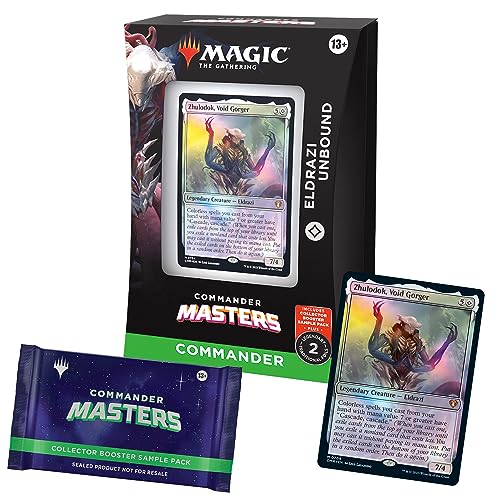
Commander (1)
Planeswalker (1)
Creature (30)
Abstruse Archaic
Ancient Stone Idol
Artisan of Kozilek
Bane of Bala Ged
Burnished Hart
Crashing Drawbridge
Duplicant
Endbringer
Endless One
Flayer of Loyalties
Geode Golem
Hangarback Walker
It That Betrays
Kozilek, the Great Distortion
Matter Reshaper
Metalwork Colossus
Meteor Golem
Myriad Construct
Oblivion Sower
Omarthis, Ghostfire Initiate
Ornithopter of Paradise
Palladium Myr
Phyrexian Triniform
Scaretiller
Skittering Cicada
Solemn Simulacrum
Soul of New Phyrexia
Steel Hellkite
Stonecoil Serpent
Suspicious Bookcase
Instant (5)
Desecrate Reality
Not of This World
Spatial Contortion
Titan's Presence
Warping Wail
Sorcery (3)
All Is Dust
Calamity of the Titans
Rise of the Eldrazi
Enchantment (1)
Artifact (21)
Darksteel Monolith
Dreamstone Hedron
Endless Atlas
Everflowing Chalice
Fireshrieker
Forsaken Monument
Hedron Archive
Investigator's Journal
Kaldra Compleat
Lightning Greaves
Mazemind Tome
Mind Stone
Mirage Mirror
Mystic Forge
Perilous Vault
Sol Ring
Thought Vessel
Thran Dynamo
Transmogrifying Wand
Unstable Obelisk
Worn Powerstone
Land (38)
Arcane Lighthouse
Arch of Orazca
Blast Zone
Bonders' Enclave
Eldrazi Temple
Forge of Heroes
Geier Reach Sanitarium
Guildless Commons
Mage-Ring Network
Mirrorpool
Reliquary Tower
Rogue's Passage
Ruins of Oran-Rief
Scavenger Grounds
Sea Gate Wreckage
Shrine of the Forsaken Gods
Temple of the False God
Tomb of the Spirit Dragon
Tyrite Sanctum
Urza's Mine
Urza's Power Plant
Urza's Tower
War Room
Wastes x15
- POWERFUL RIGHT OUT OF THE BOX—Take your Commander game to the next level with a high-powered, ready-to-play deck
- PLAY WITH COMMANDER’S GREATEST HITS—Turn heads with a deck stacked with reprints of some of the greatest cards to grace Magic’s most popular format
- INTRODUCES 10 COMMANDER CARDS—Each Commander deck also introduces 10 never-before-seen Magic: The Gathering cards
- COLORLESS COMMANDER DECK—get the Eldrazi Unbound Commander Deck, a Colorless 100-card deck containing 2 Foil Legendary cards and 98 nonfoil cards, and battle your friends in epic, multiplayer games
- COLLECT SPECIAL TREATMENT CARDS—Each deck comes with a 2-card Collector Booster Sample Pack containing 2 special treatment cards from the Commander Masters set, including 1 Rare or Mythic Rare
Let’s finish this with a crazier and outside-the-box theme for a deck: casting expensive spells that are also colorless. Zhulodok, Void Gorger is a colorless commander, so all your cards must be colorless. What’s more, if you cast one that costs 7 or more, you’ll get double cascade triggers. Naturally, you’ll want to play huge colorless creatures like Kozilek, the Great Distortion or It That Betrays to reap those benefits, and you’ll need a lot of mana production.
Wrap Up
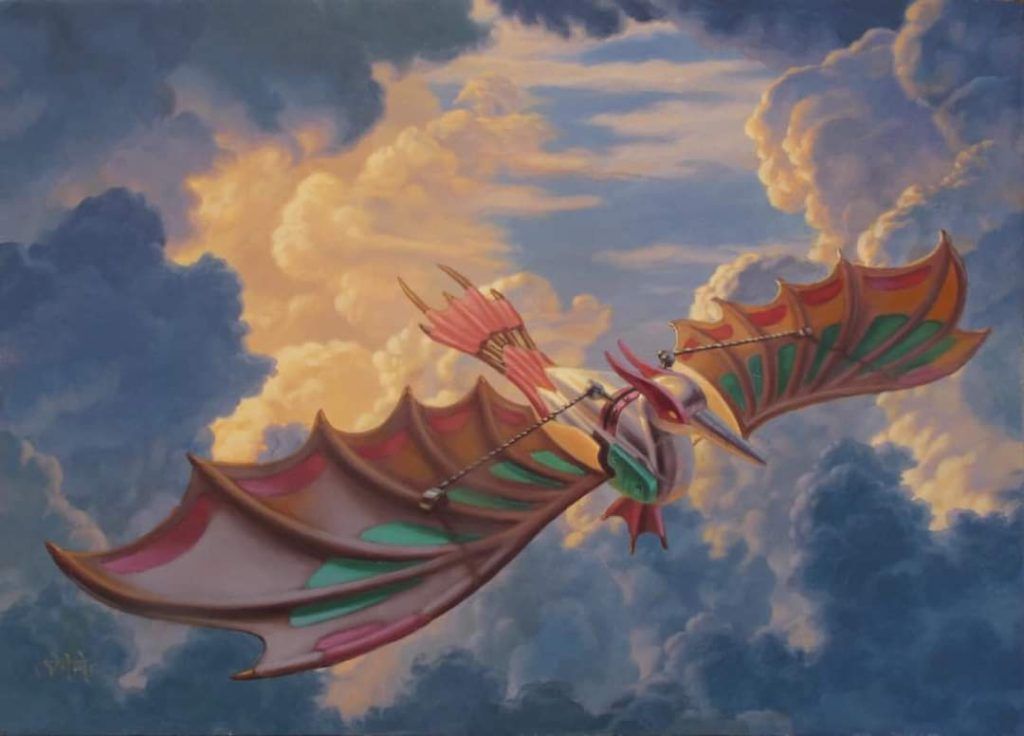
Ornithopter of Paradise | Illustration by Raoul Vitale
MTG has a huge variety of playable decks, and once you can identify decks by theme, you’ll become a better player and better deckbuilder. Deck themes are all over the place, and there’s a lot of MTG theorycrafting about which themes are better and more appropriate for a given metagame.
If you’re a beginner player, I’d strongly suggest playing with a deck from each deck theme to get a feel for it and see what fits you best. After all, the beauty of playing MTG is that you can have fun with any kind of deck. But each MTG player has its preferred style and deck theme, so it’s time to find yours.
What decks do you identify best with? Any preferred deck themes? Let me know in the comments section below, or in our Draftsim Twitter.
Thanks for reading guys, and I’ll see you next time.
Note: this post contains affiliate links. If you use these links to make a purchase, you’ll help Draftsim continue to provide awesome free articles and apps.
Follow Draftsim for awesome articles and set updates: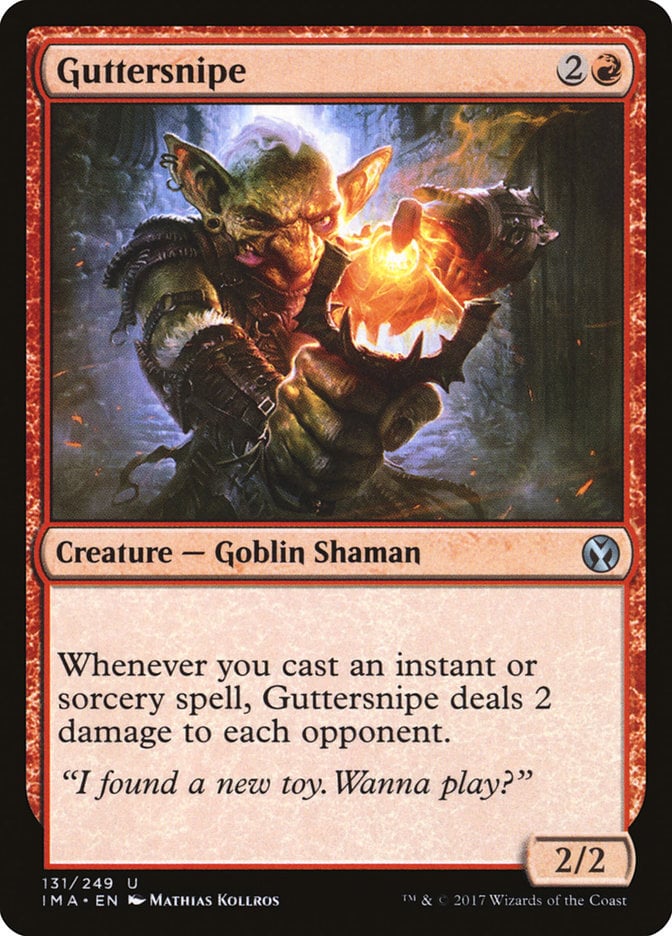
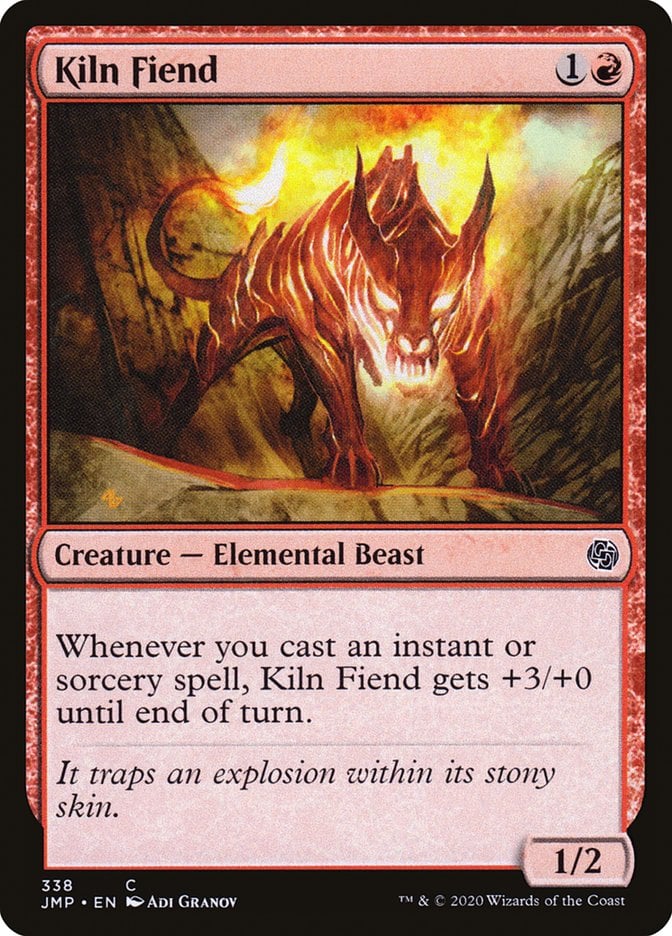
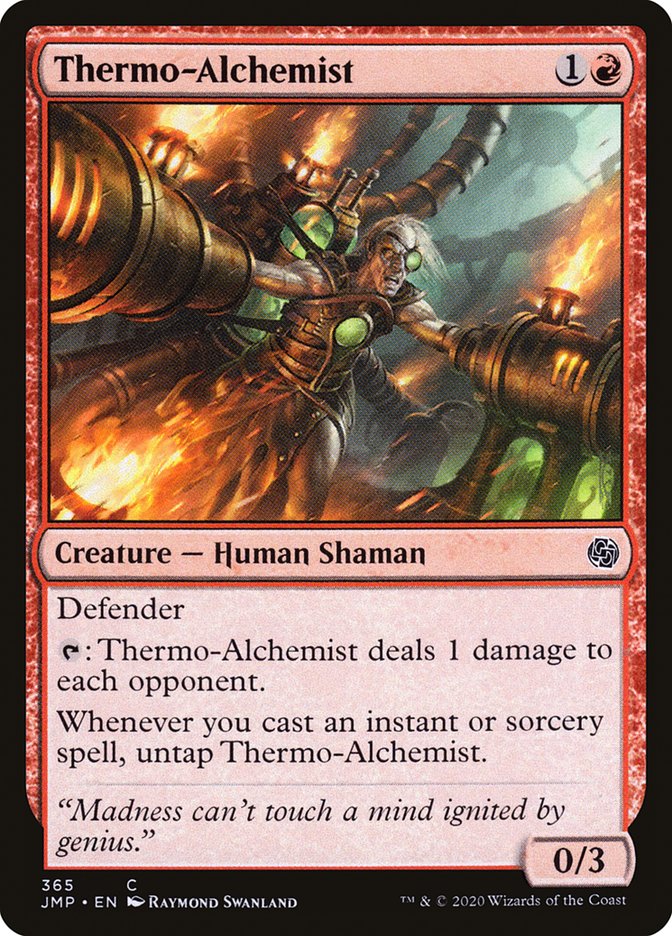

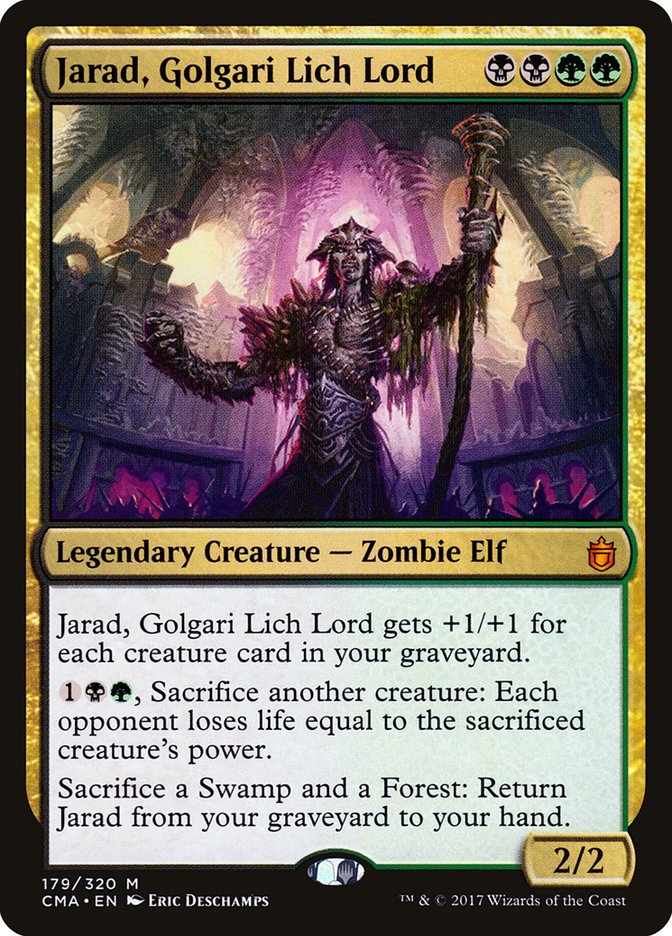
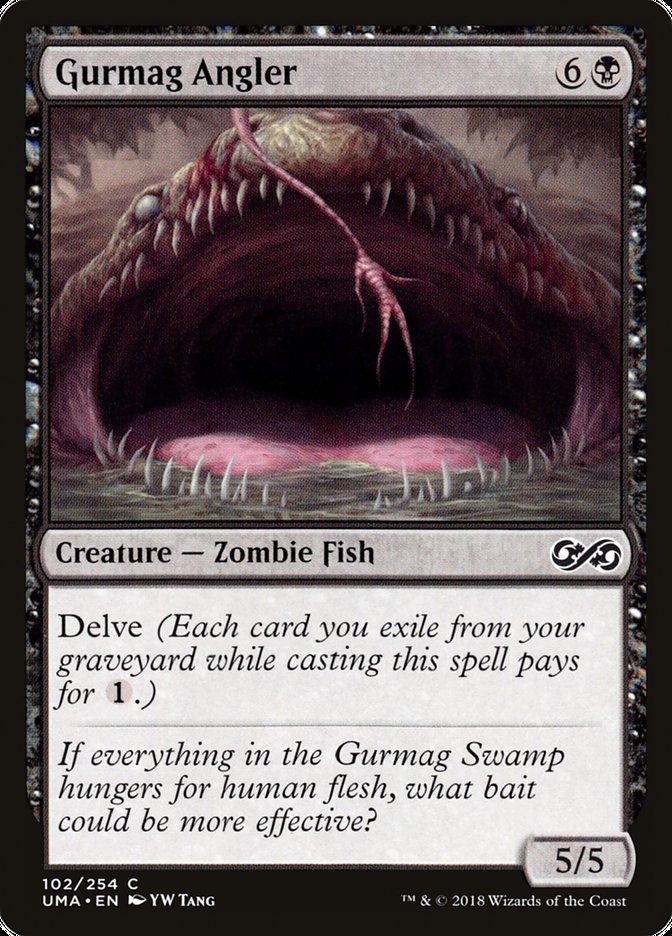
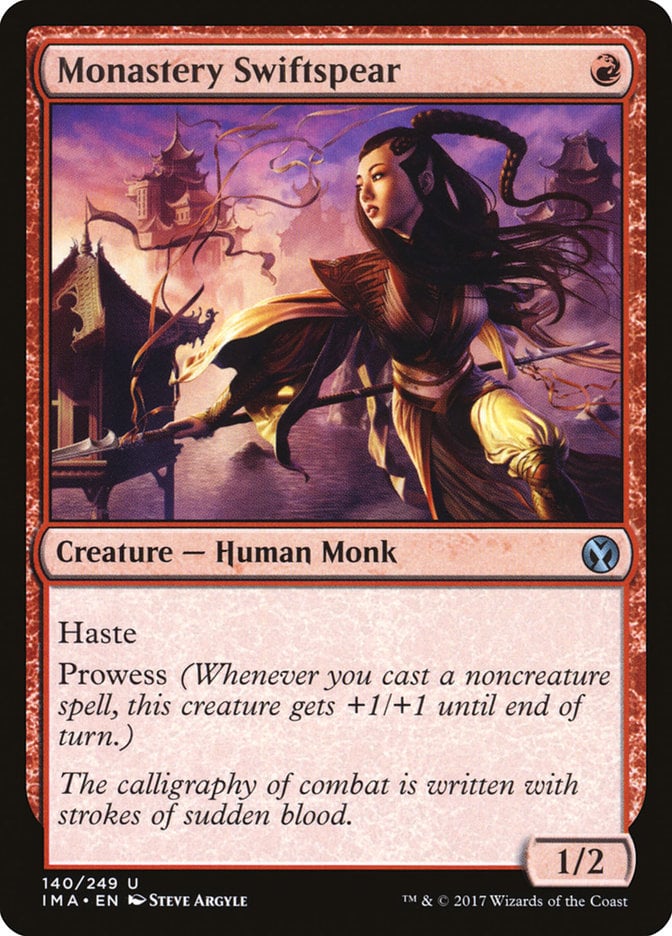

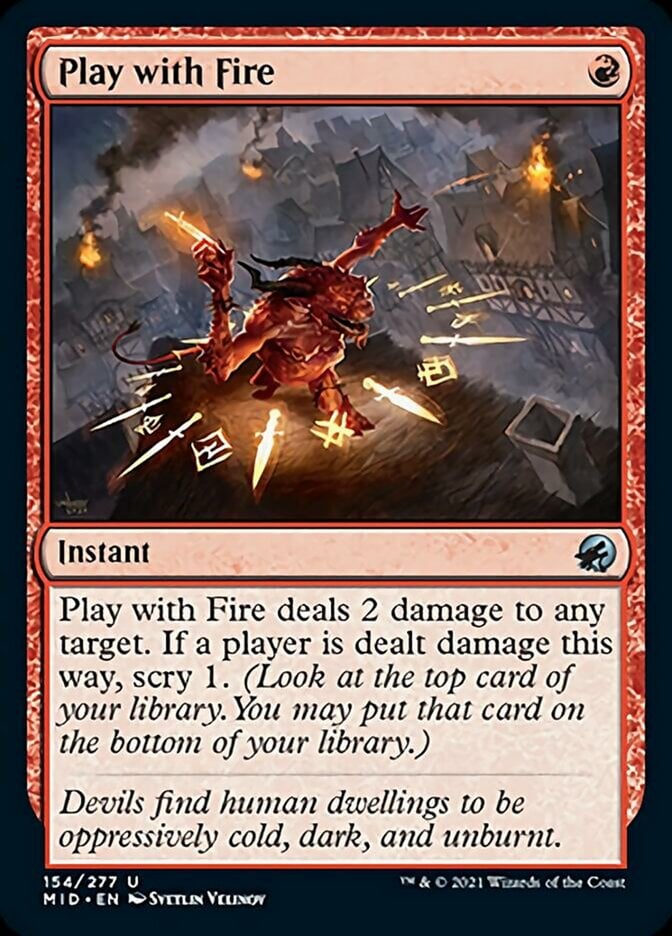

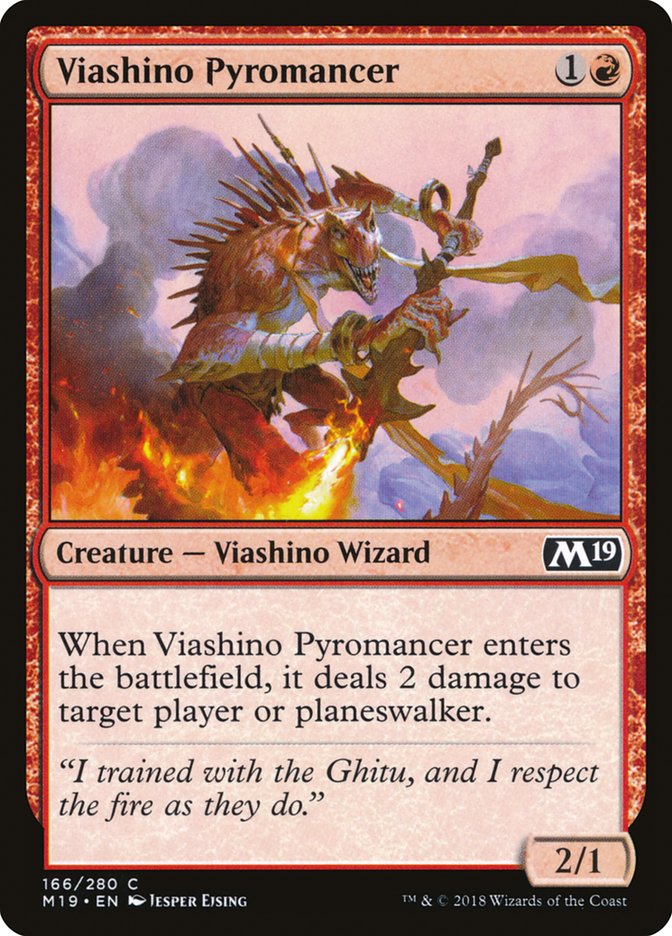
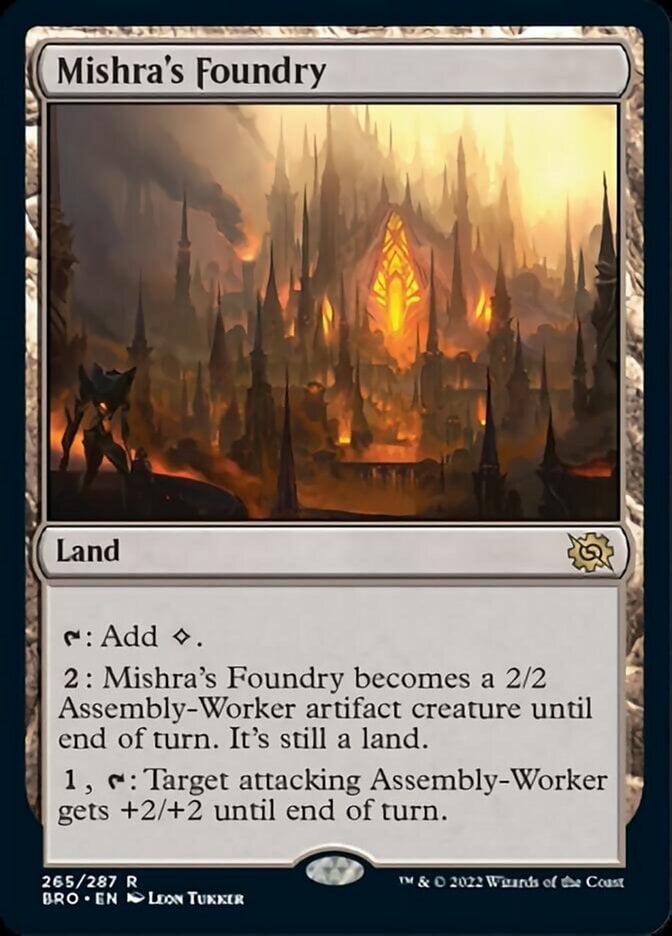
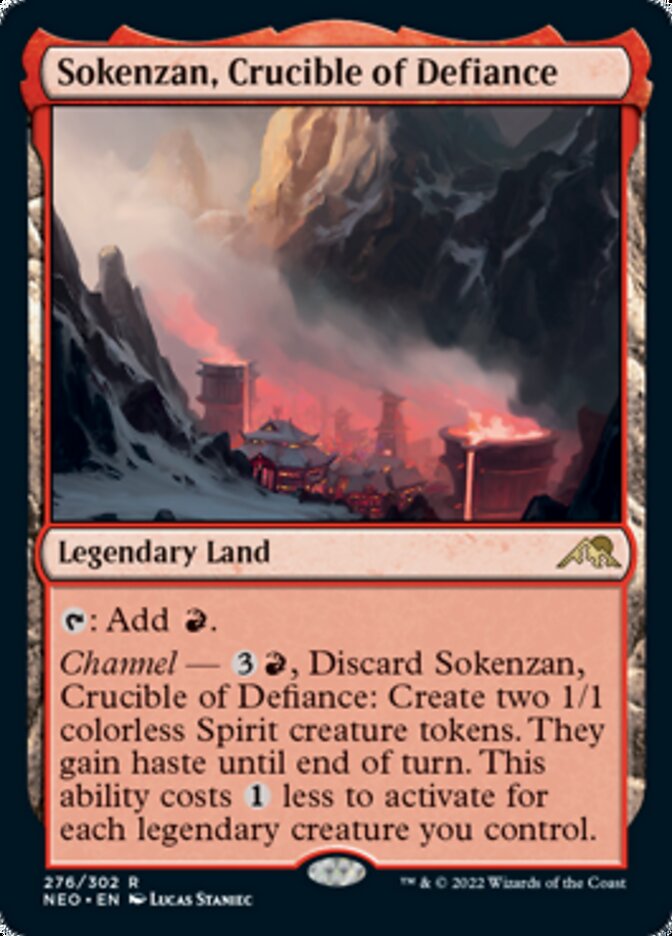
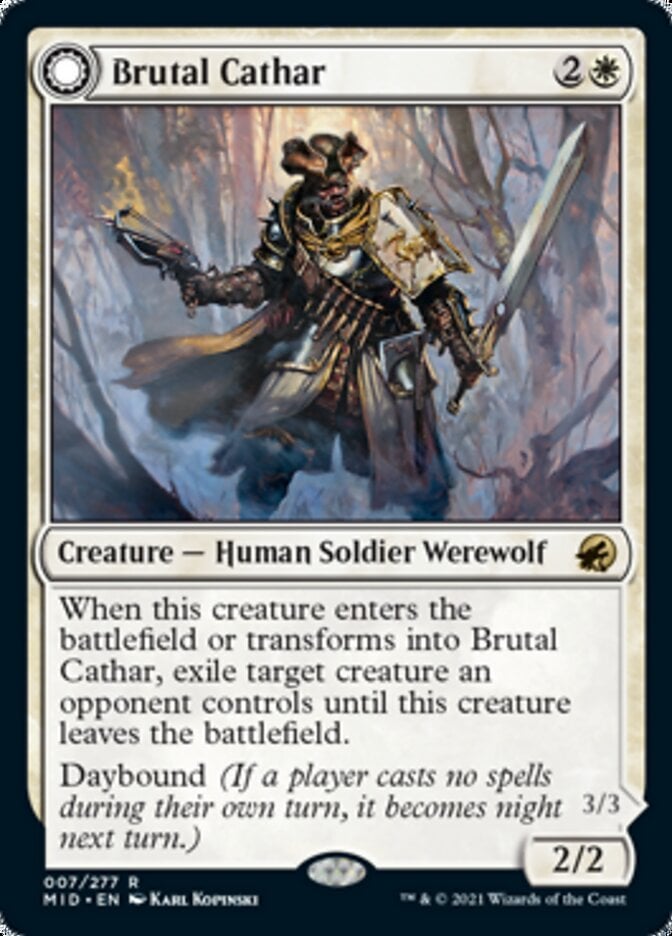
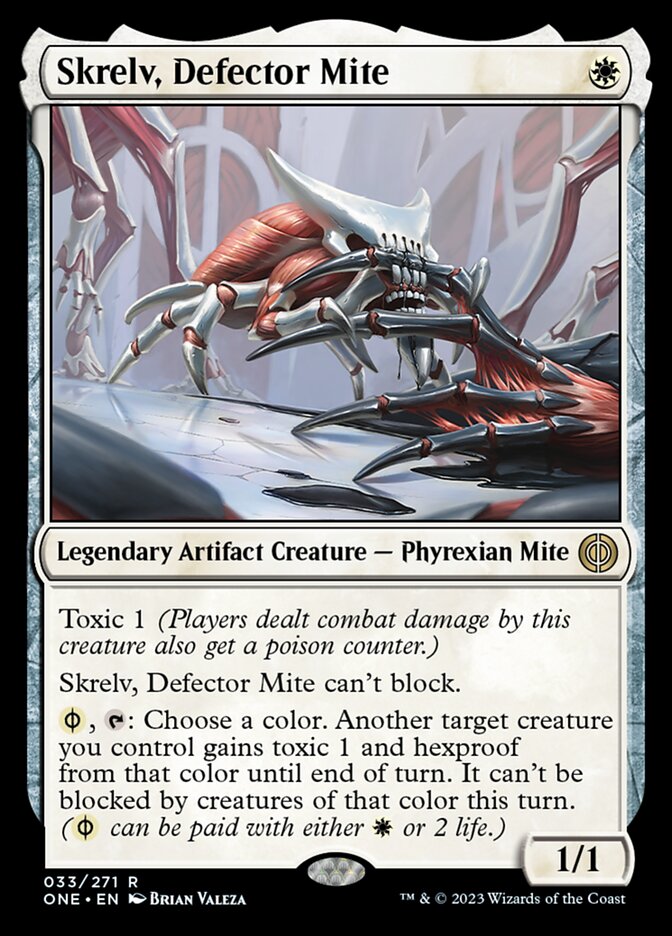
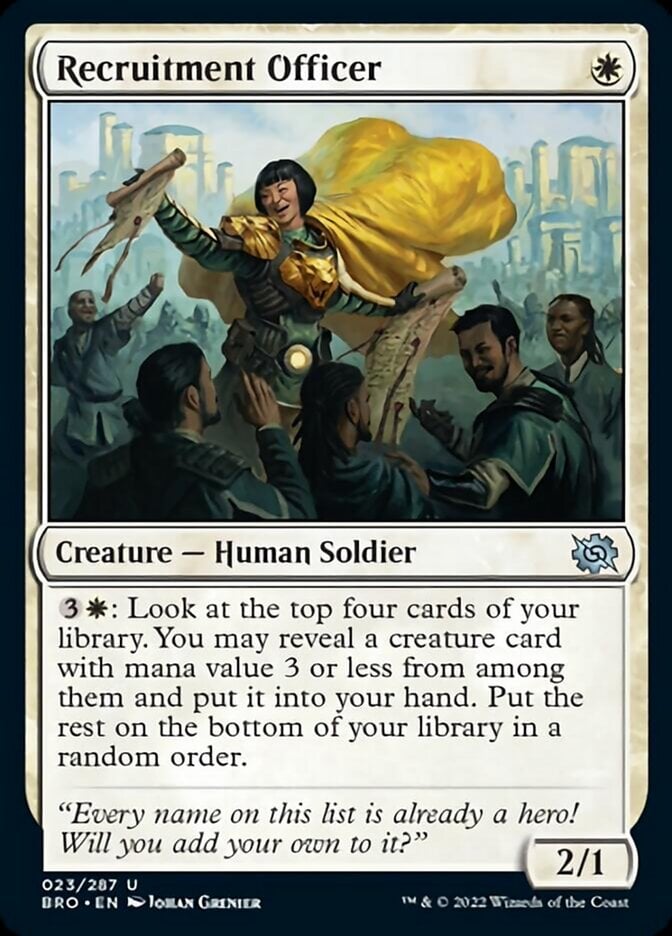
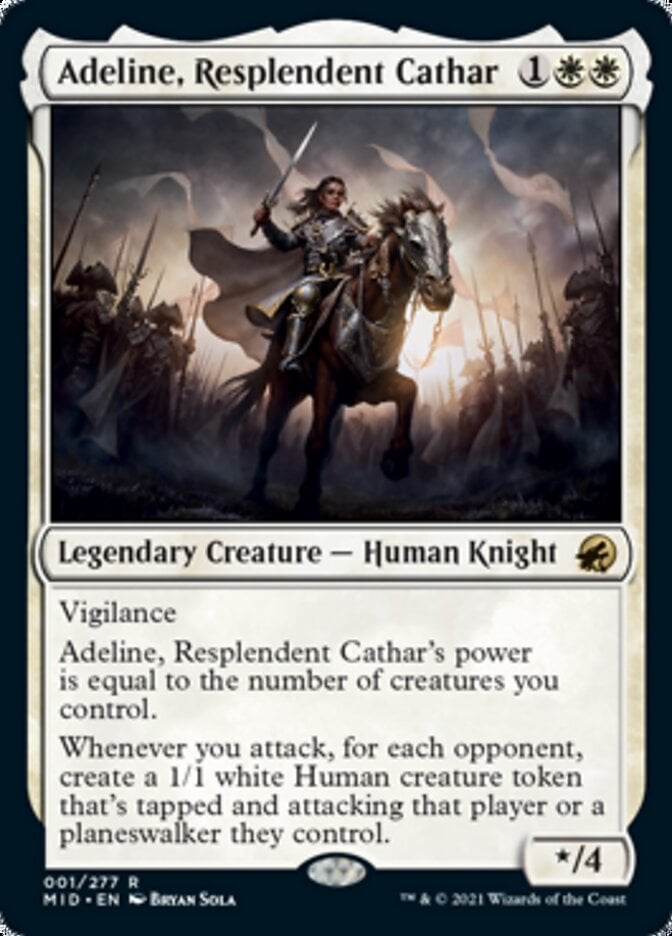


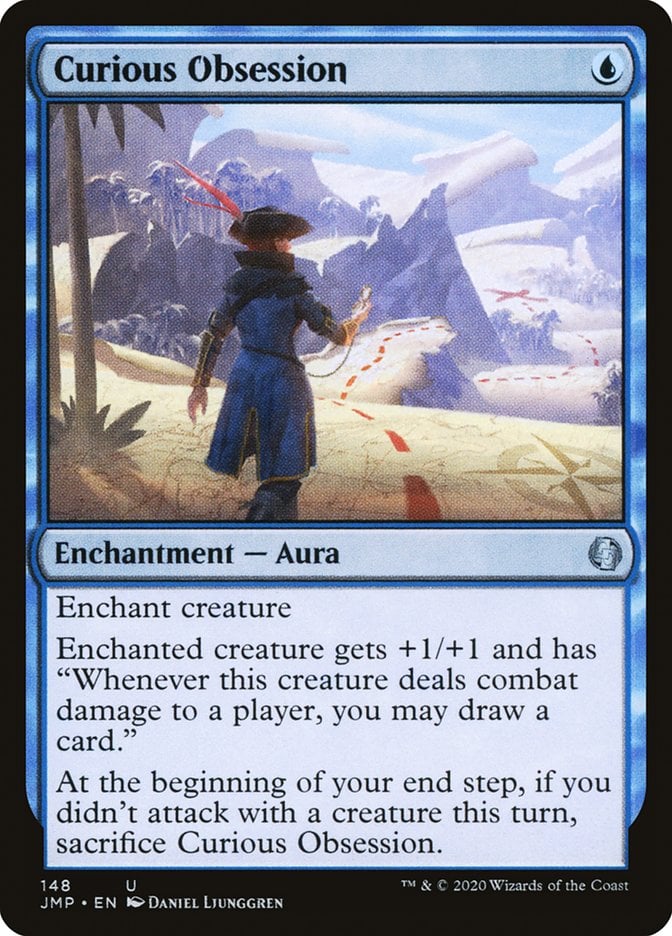
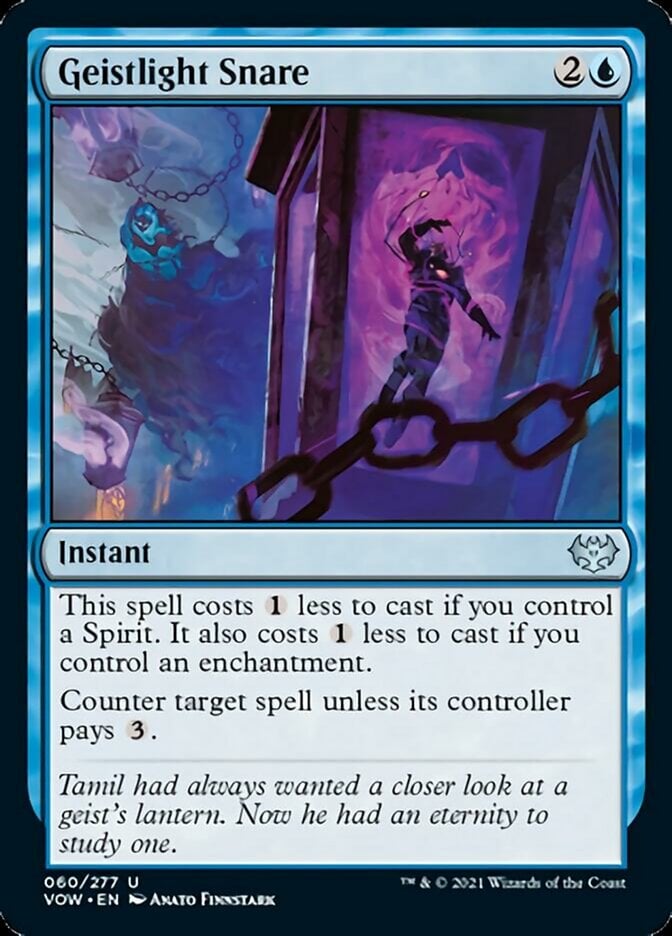
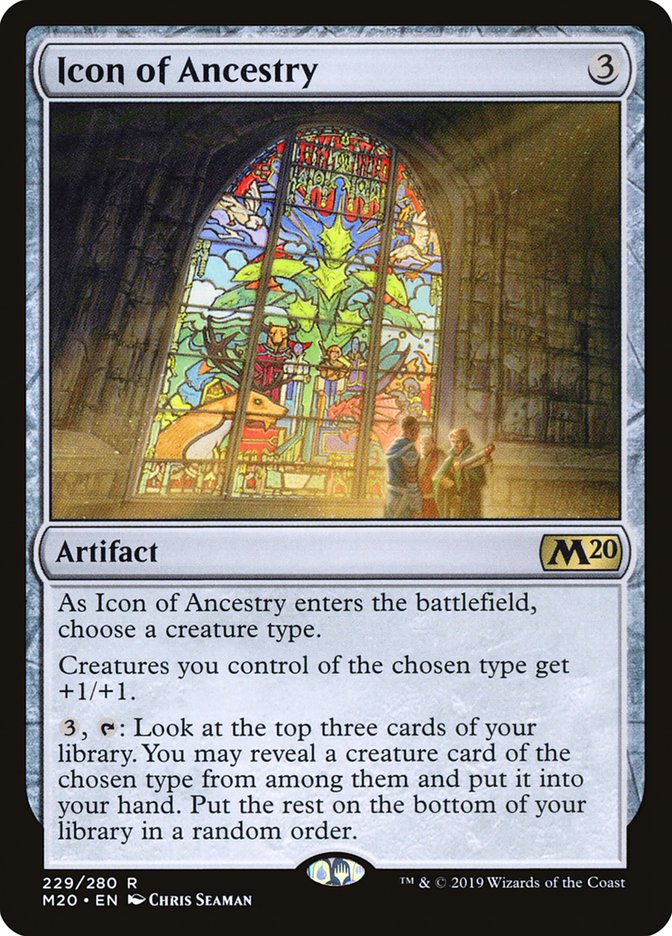
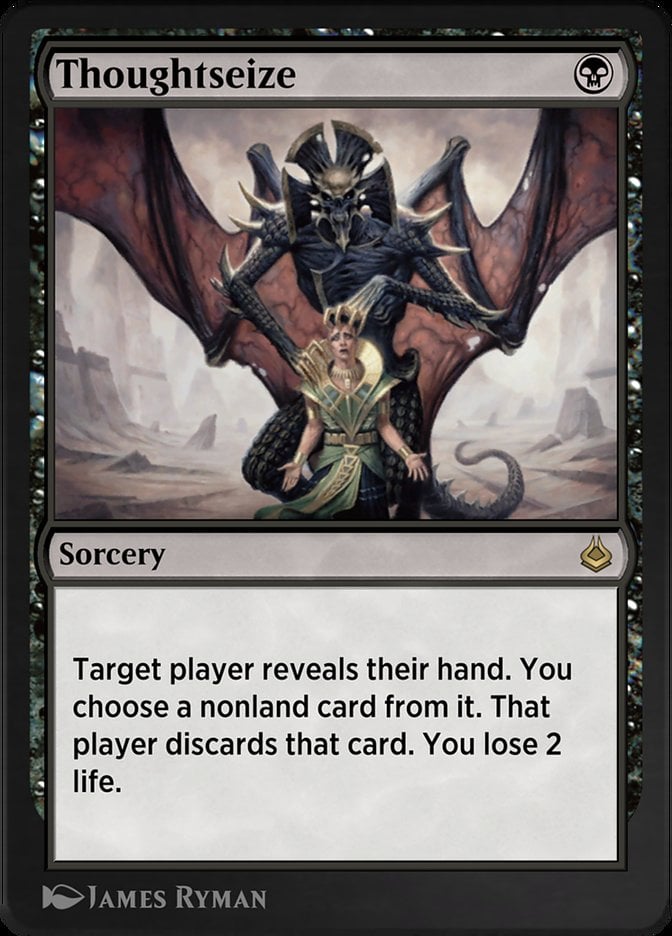
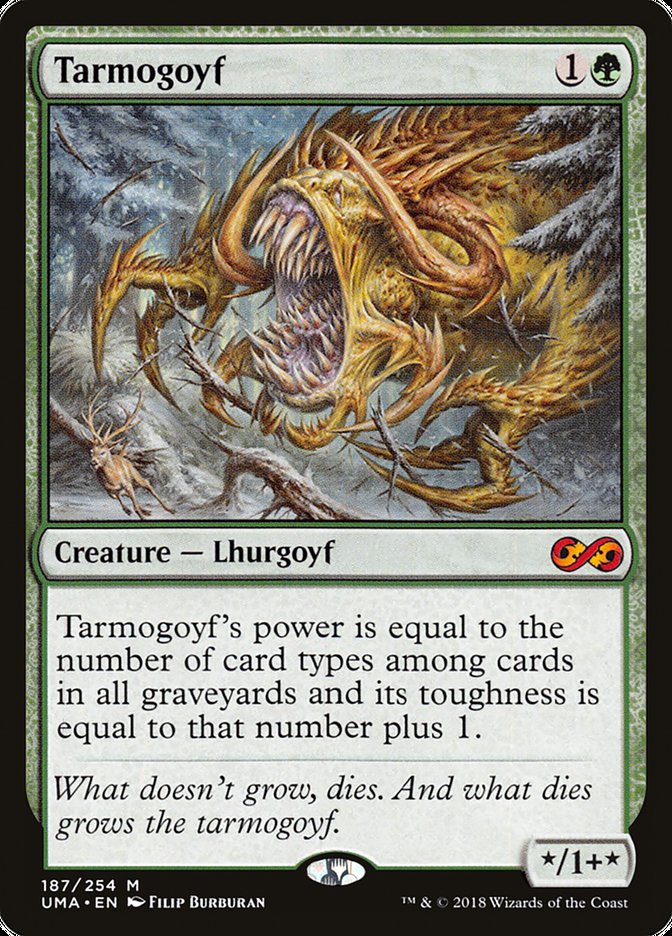
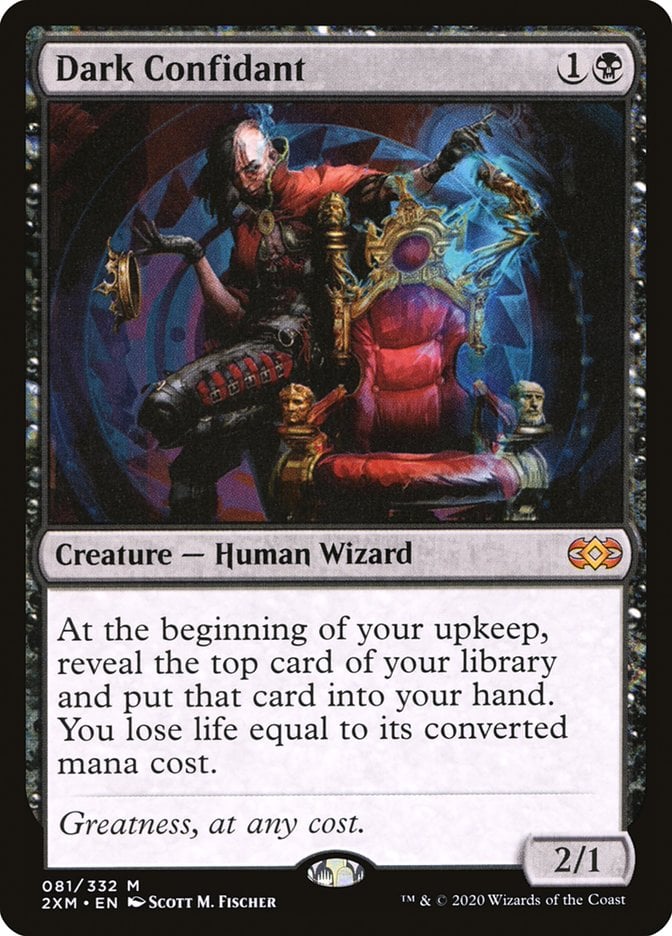
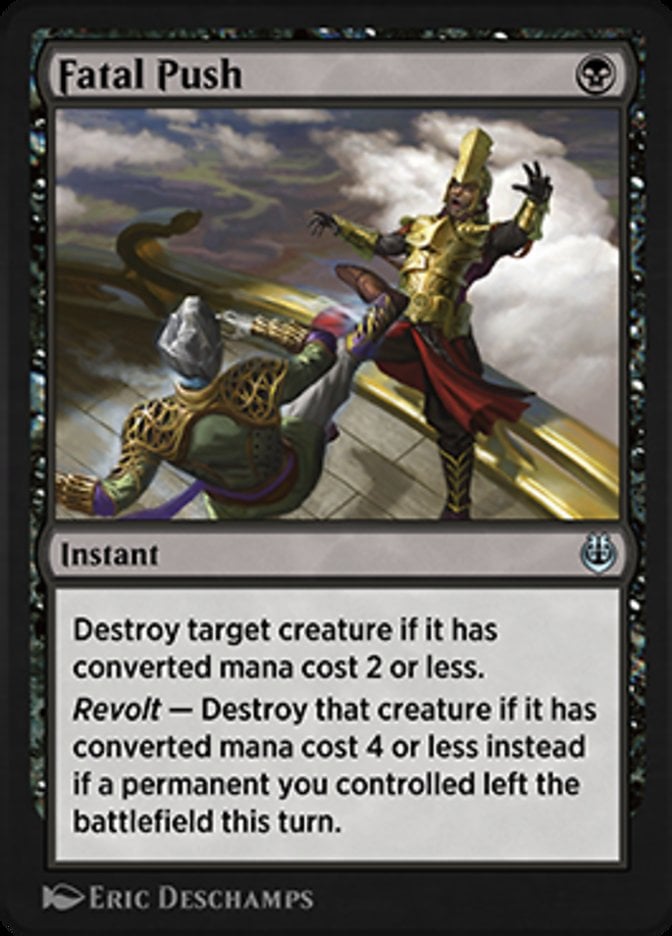
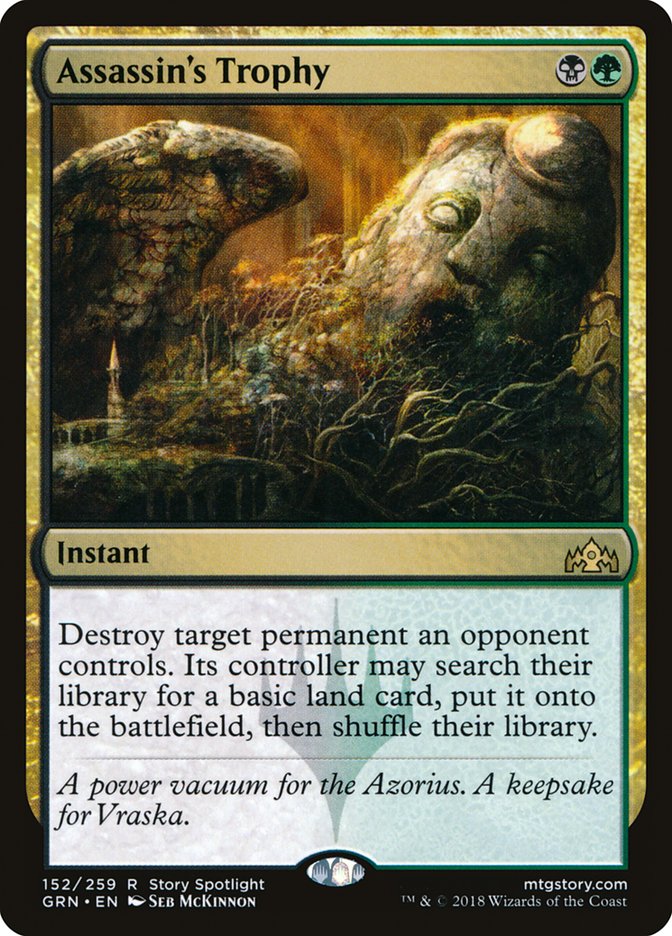
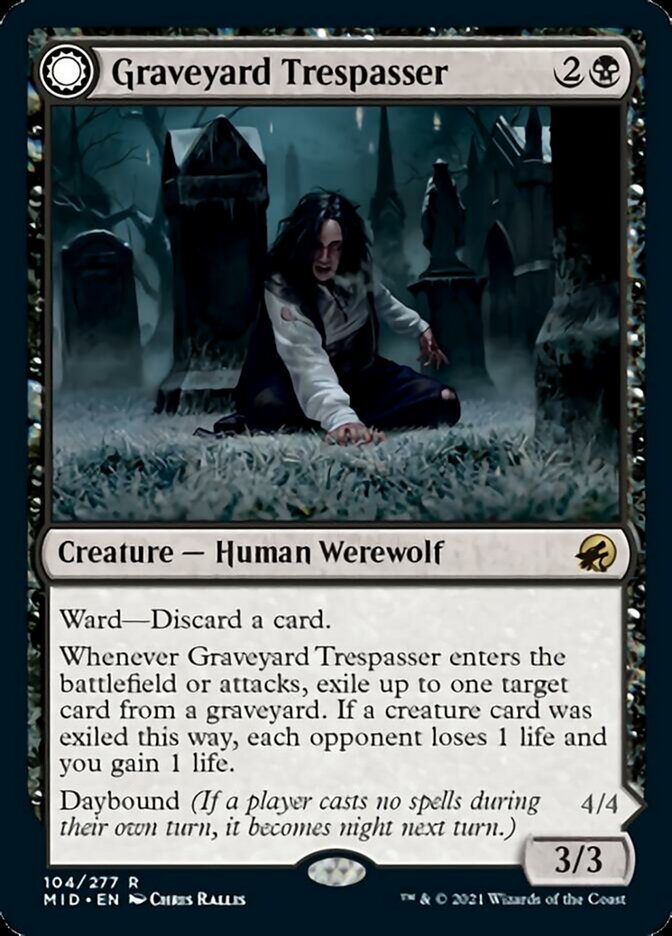

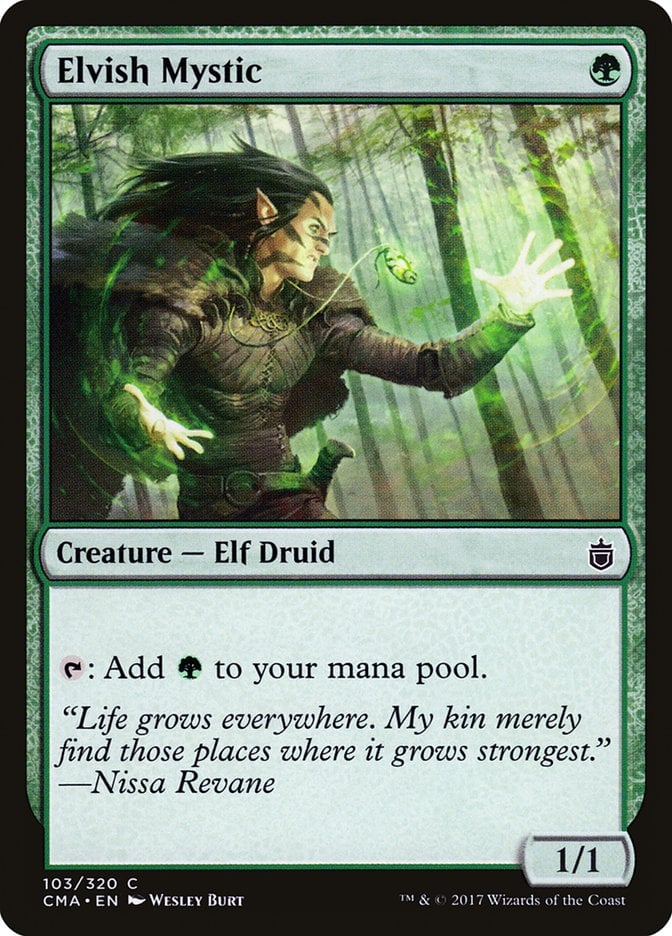
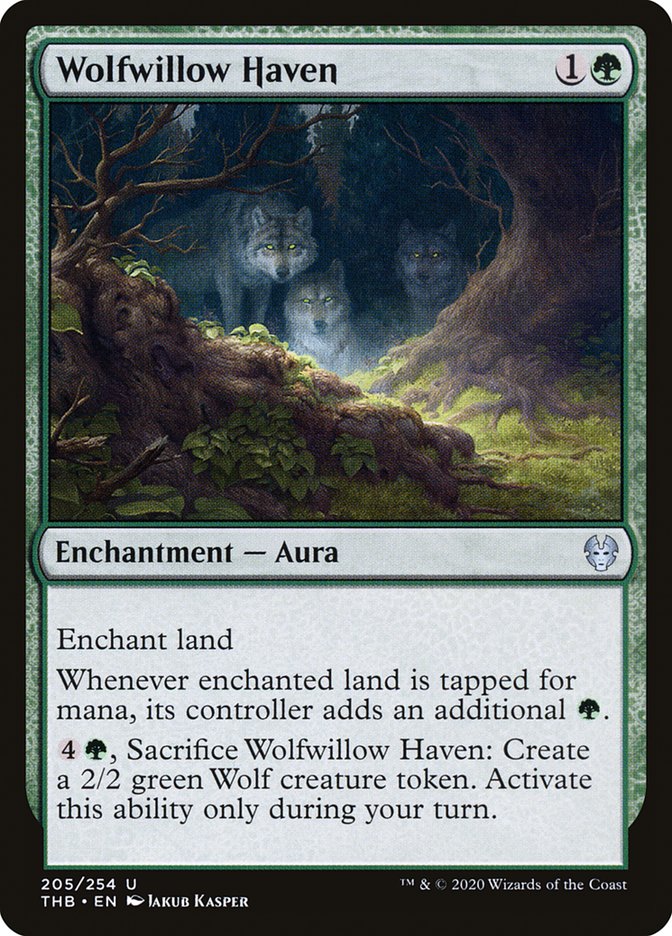
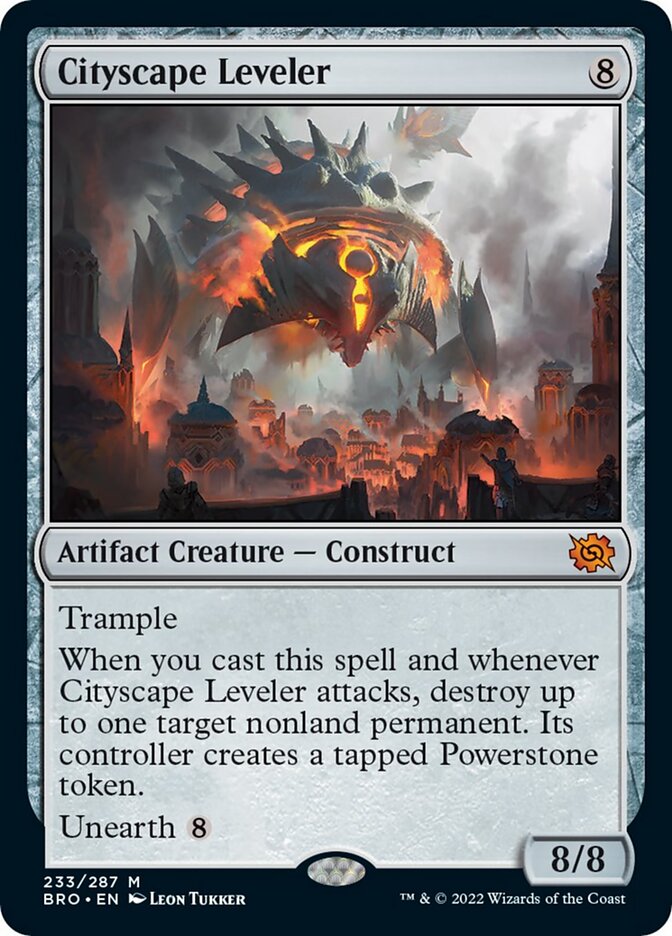
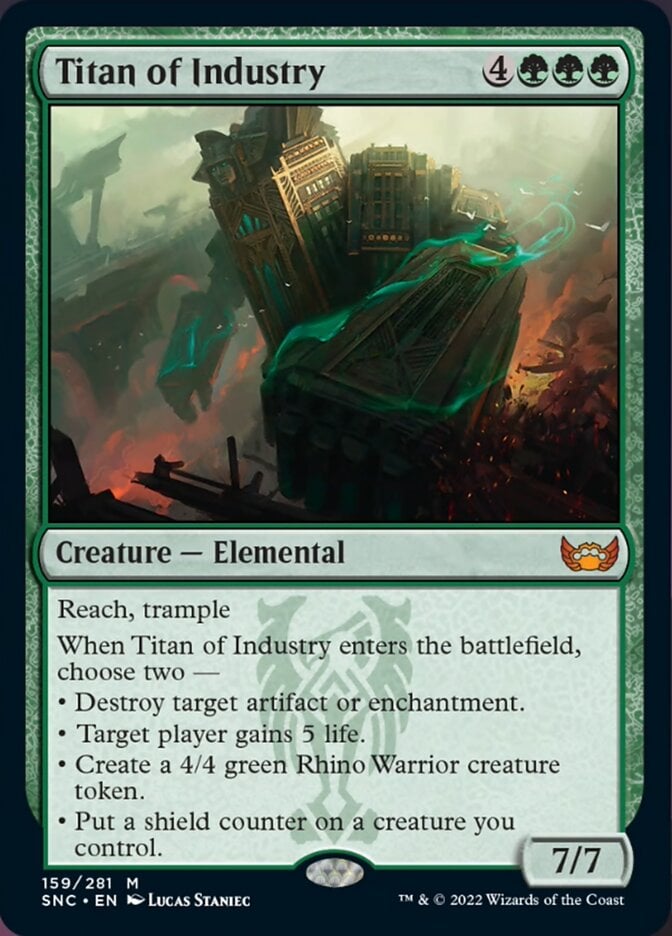
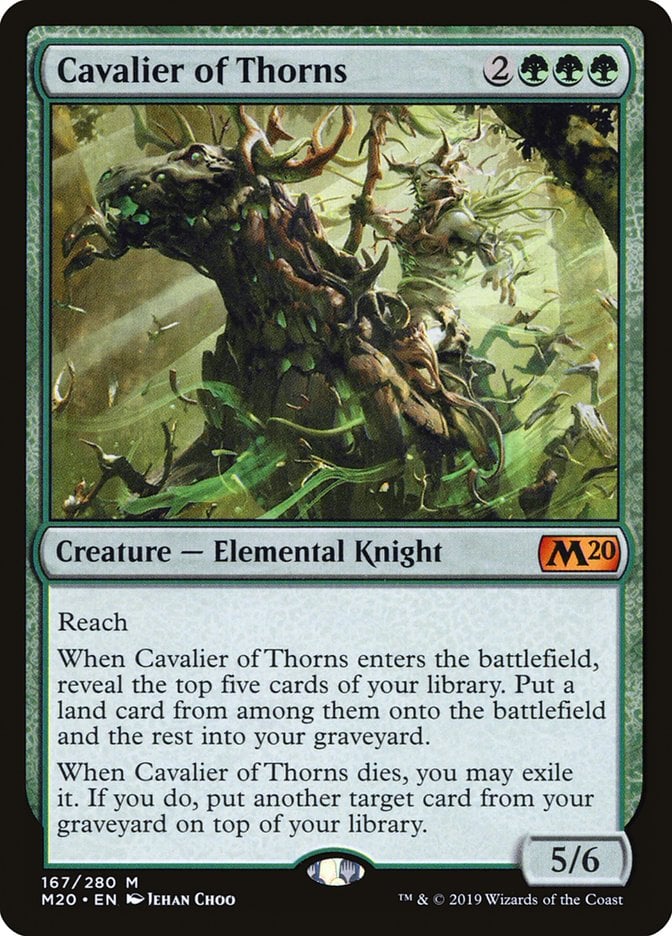
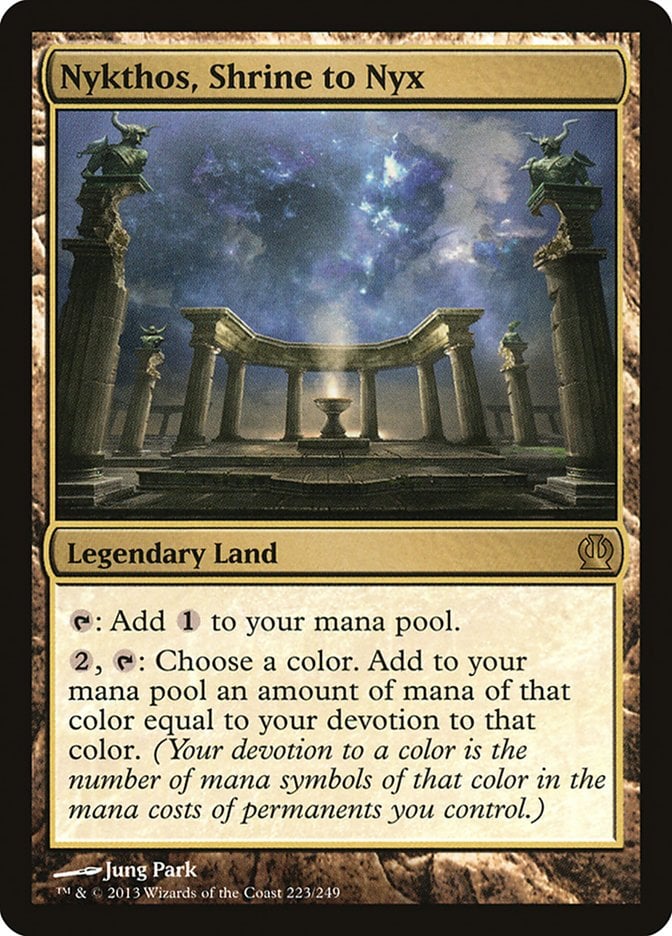
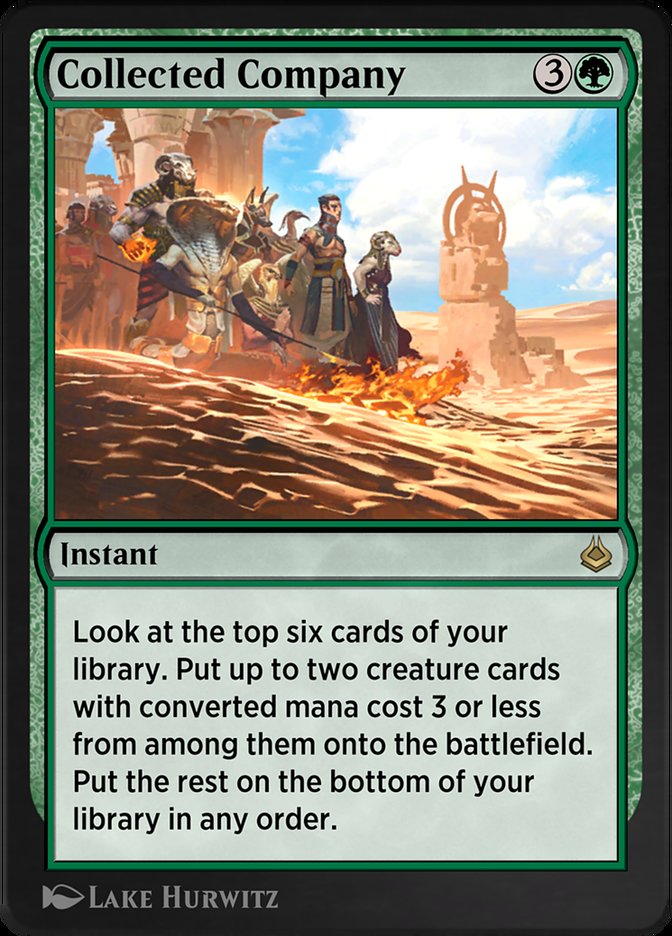
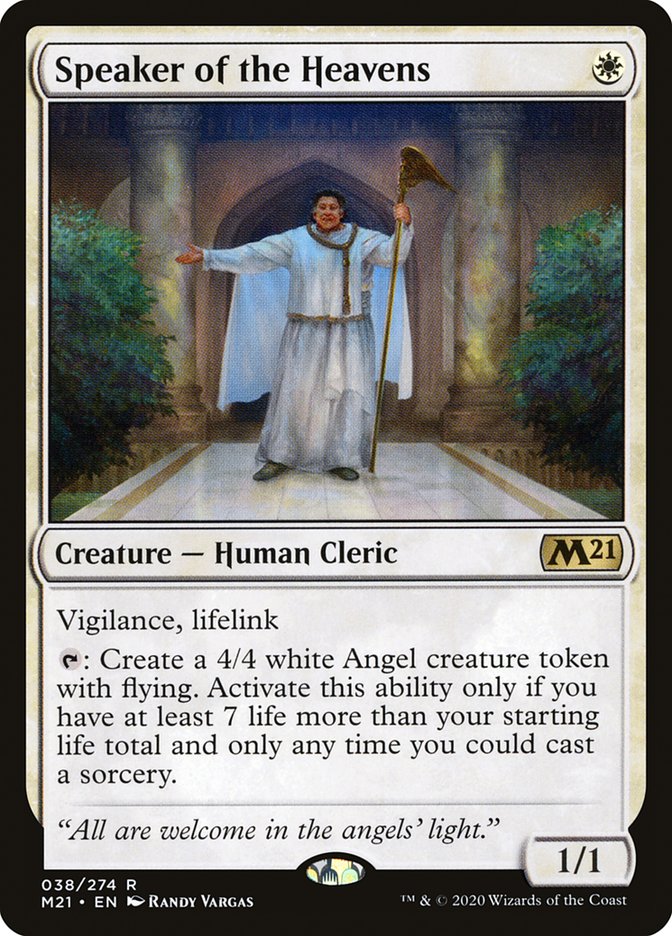

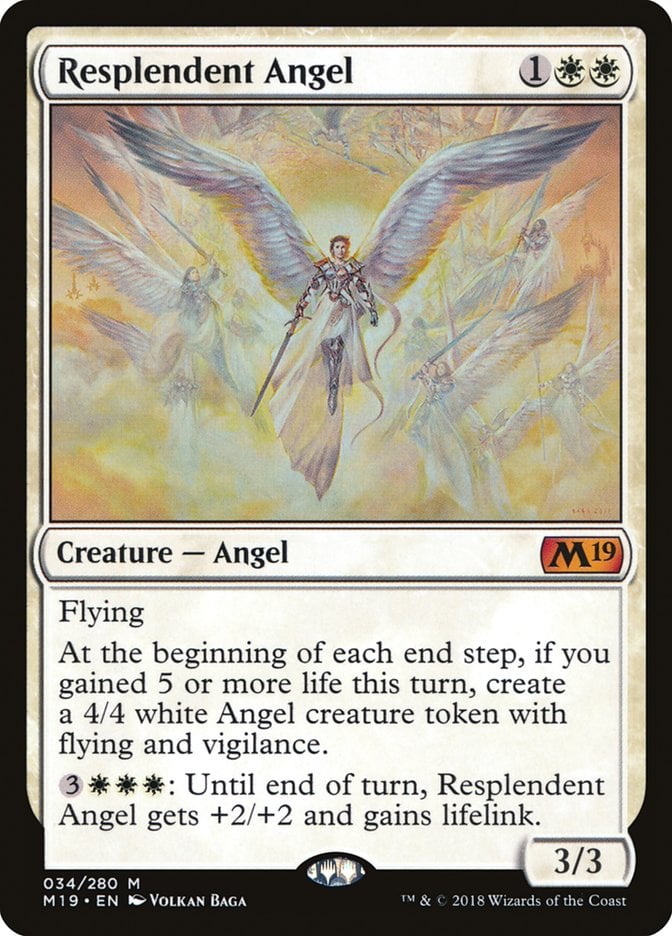

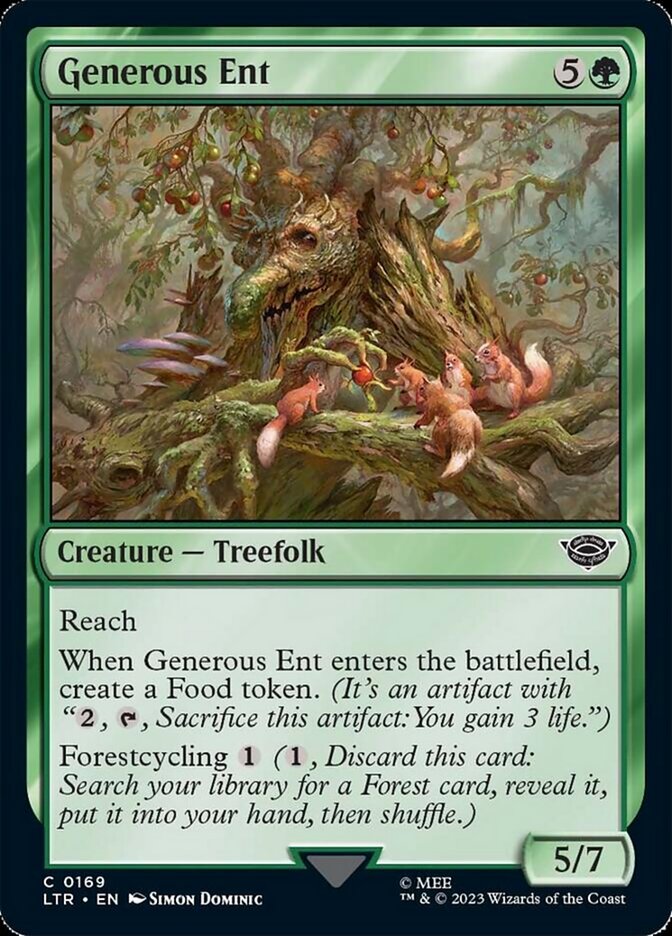
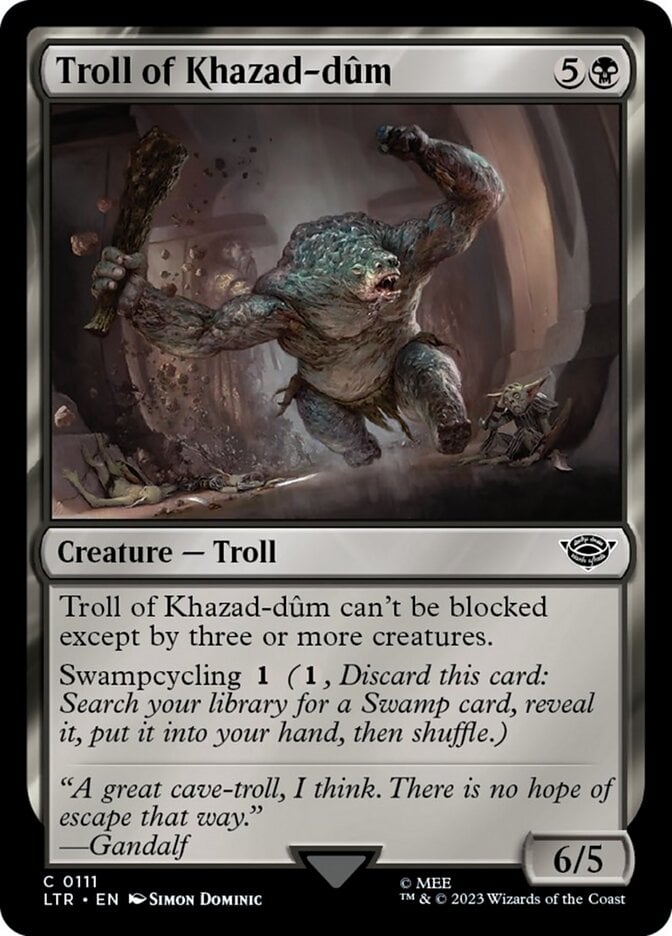
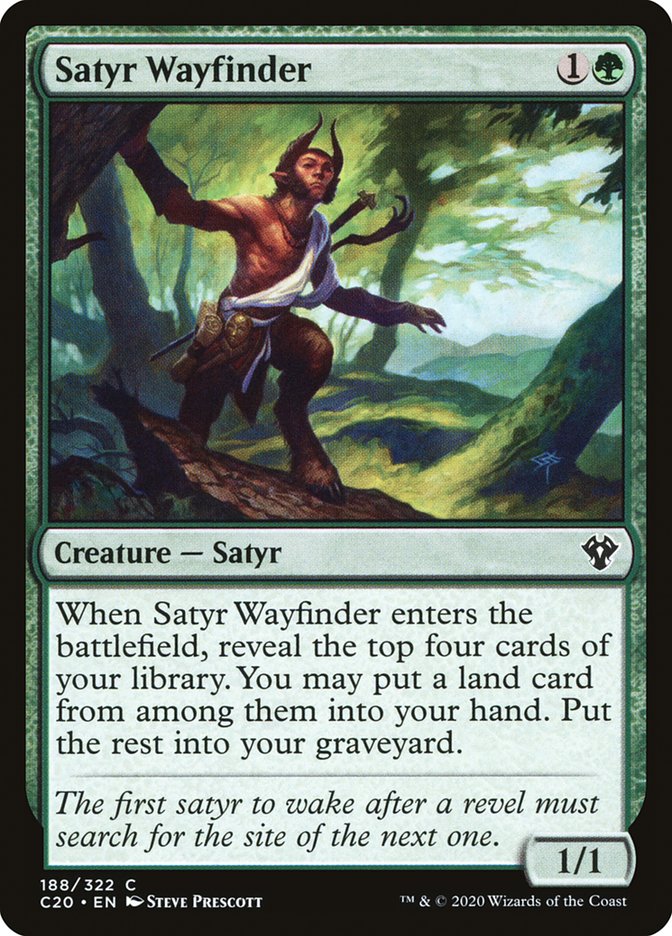
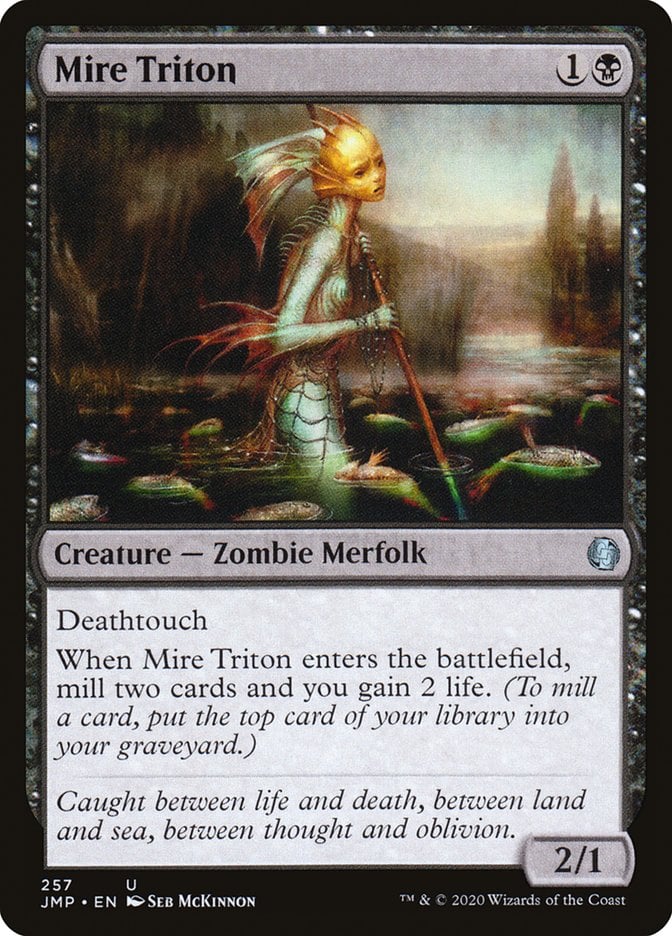
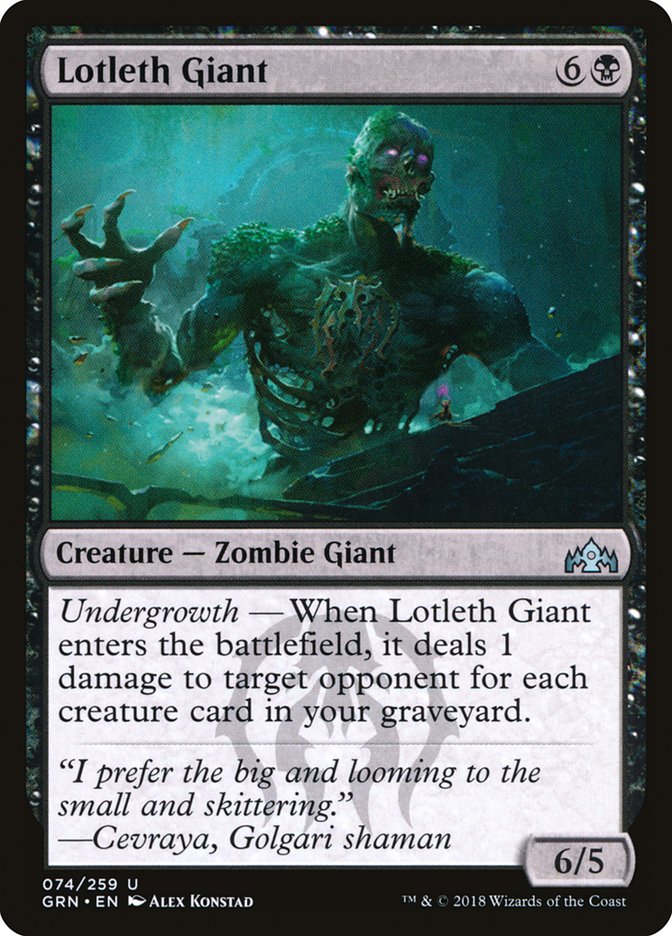
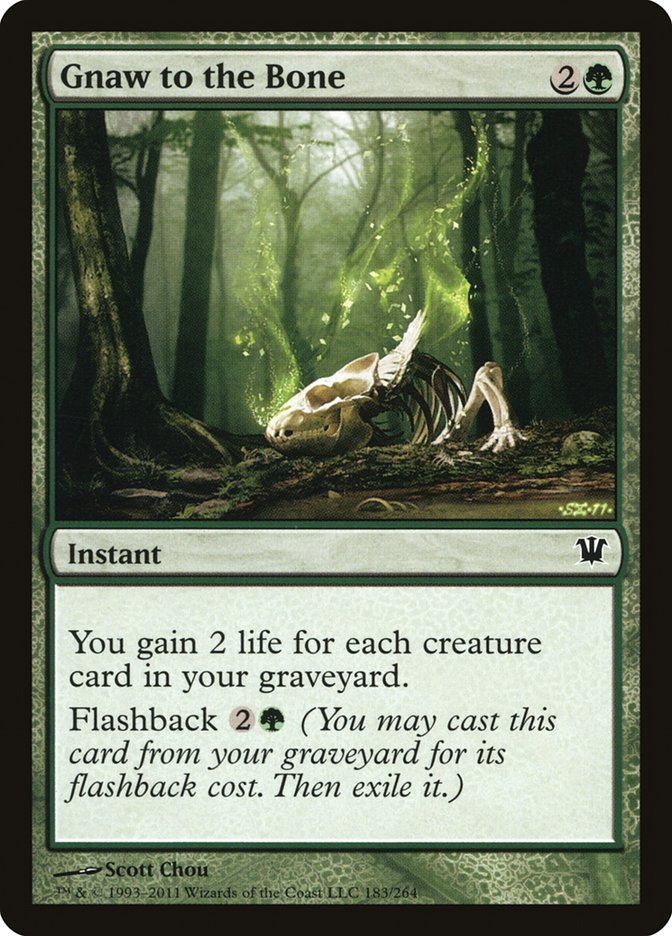
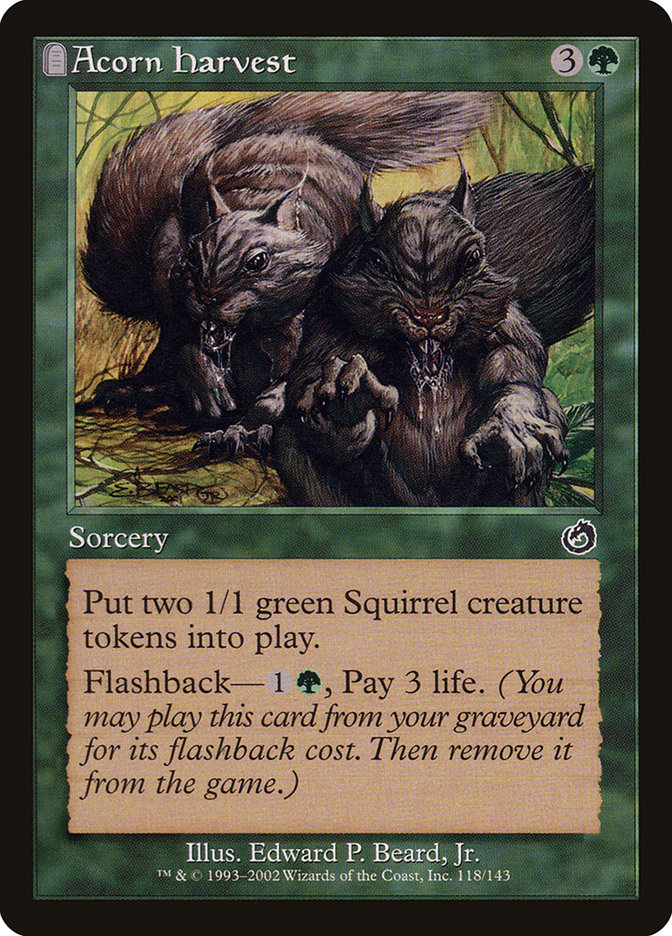

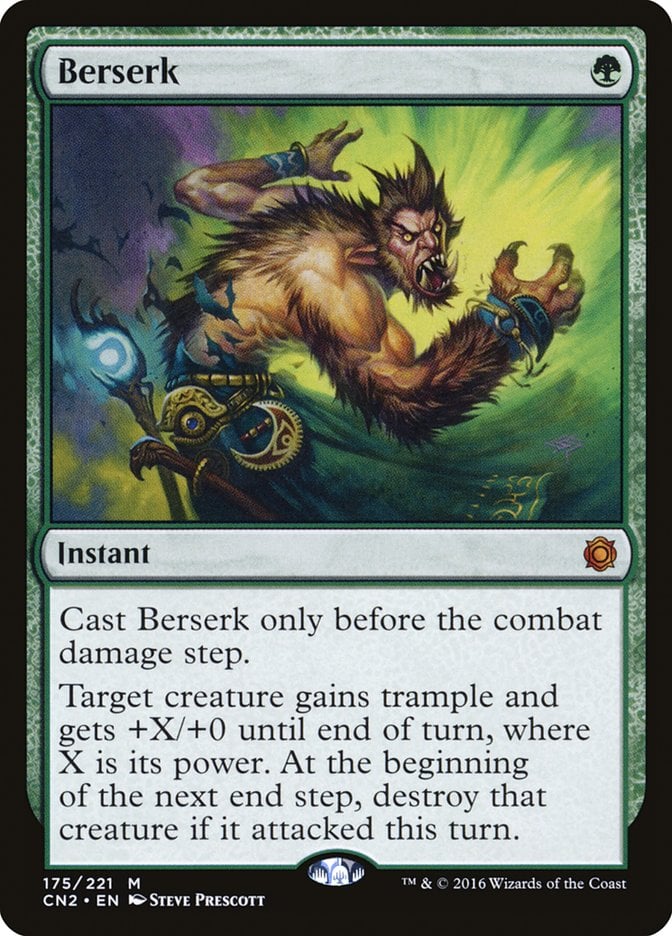
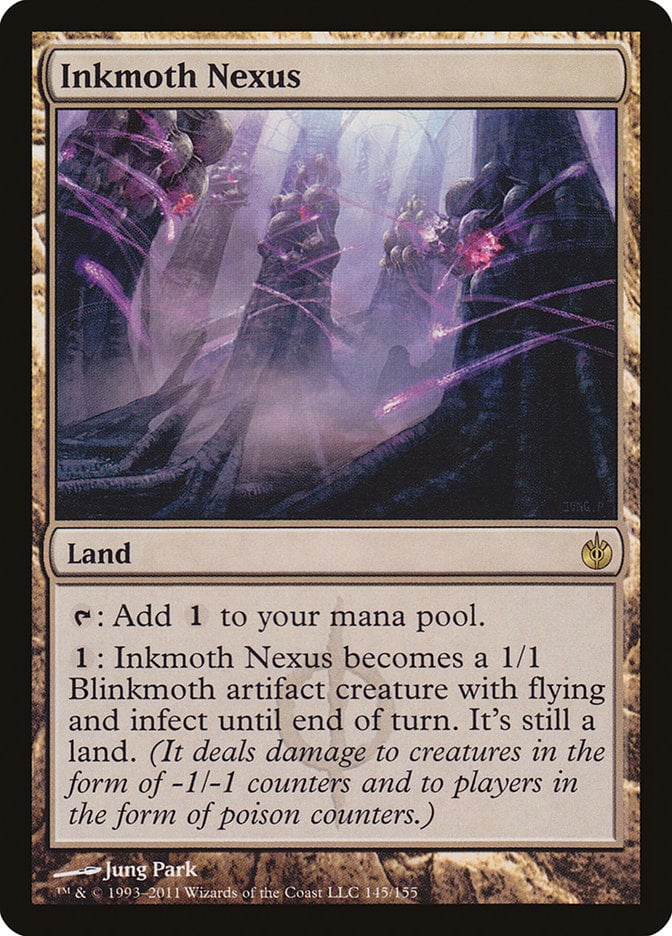
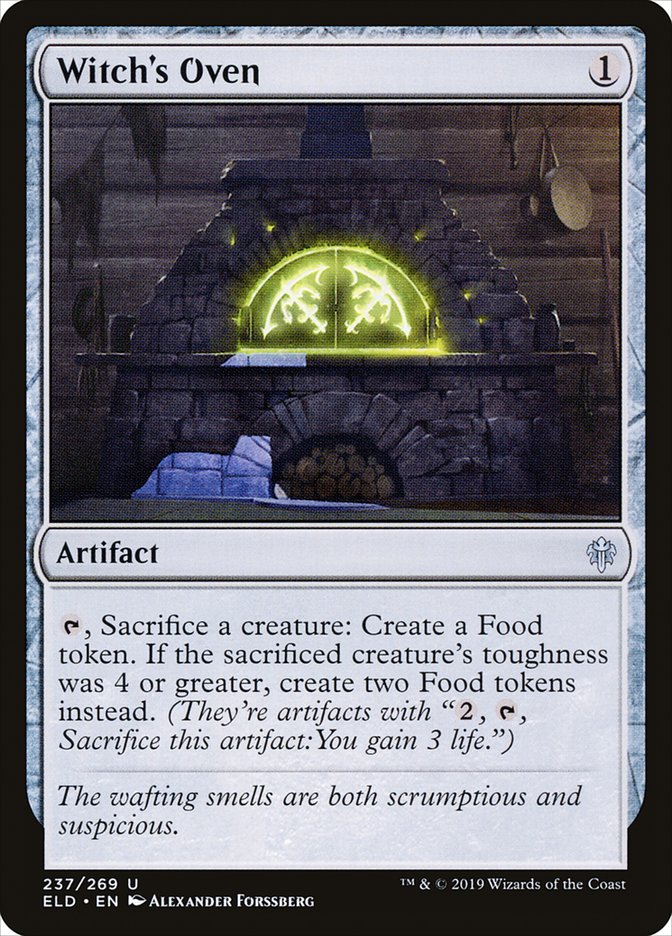
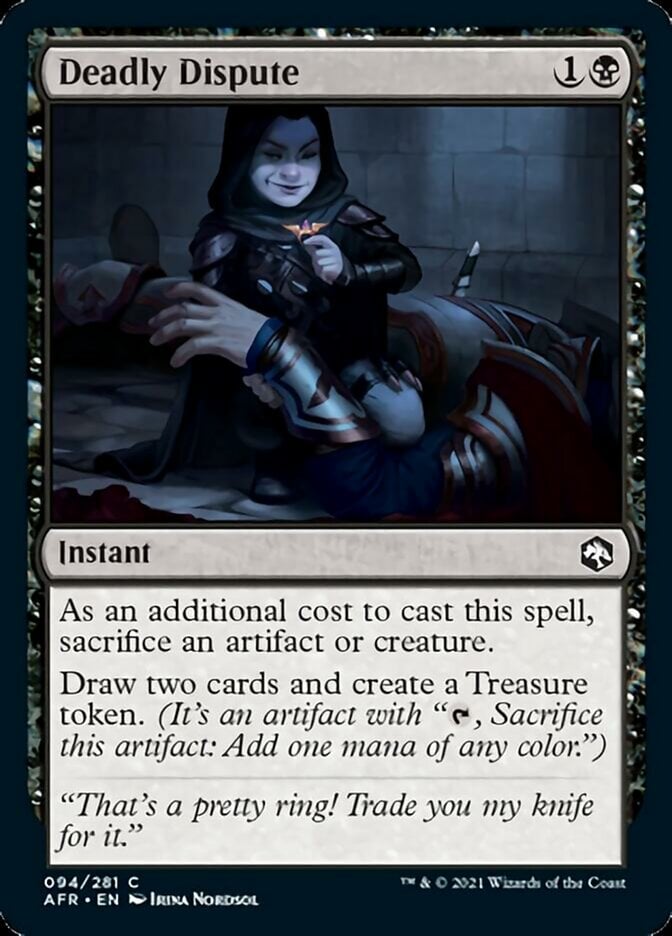

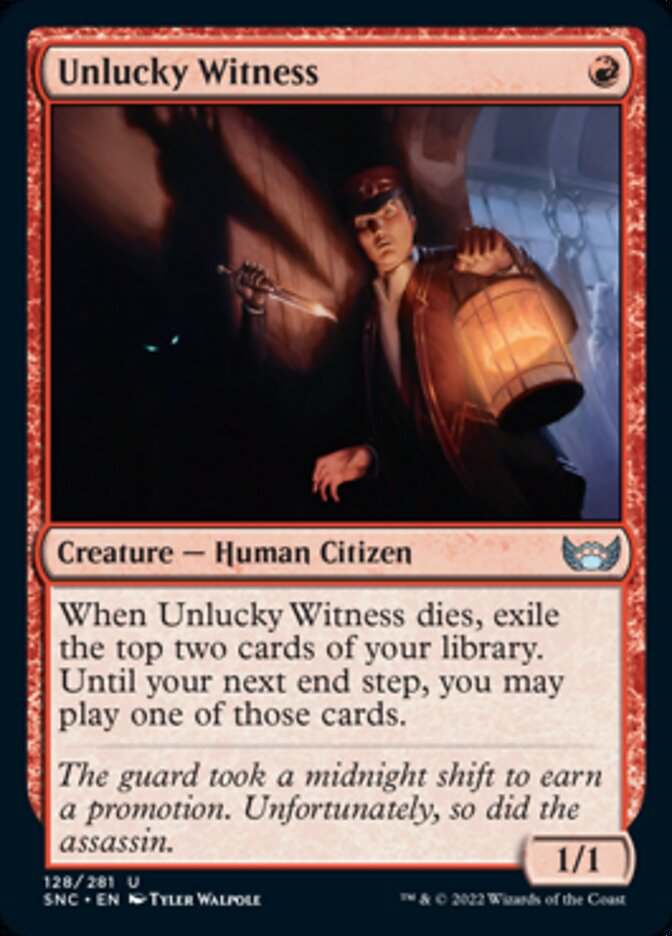
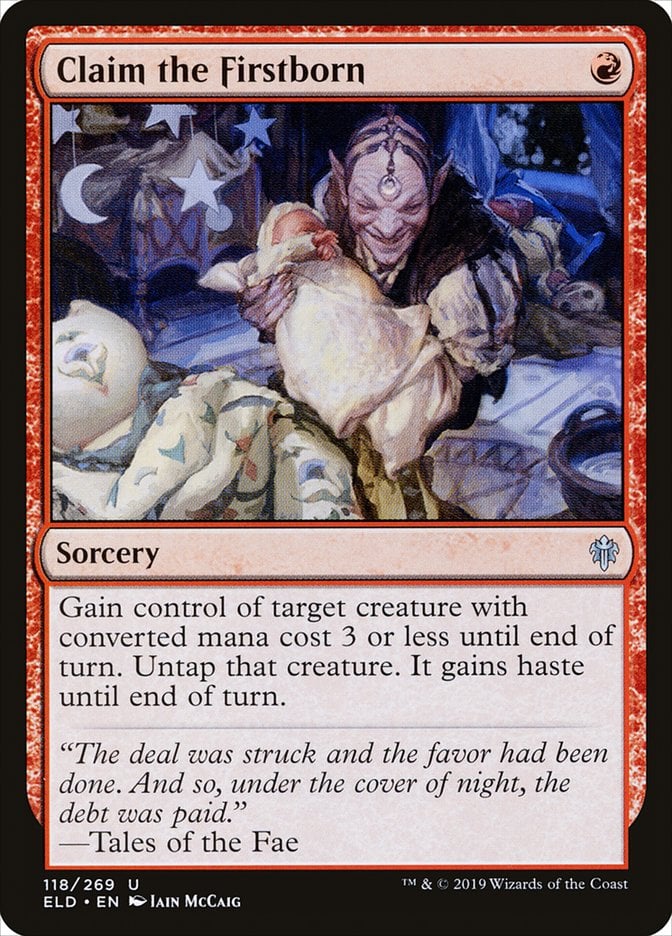

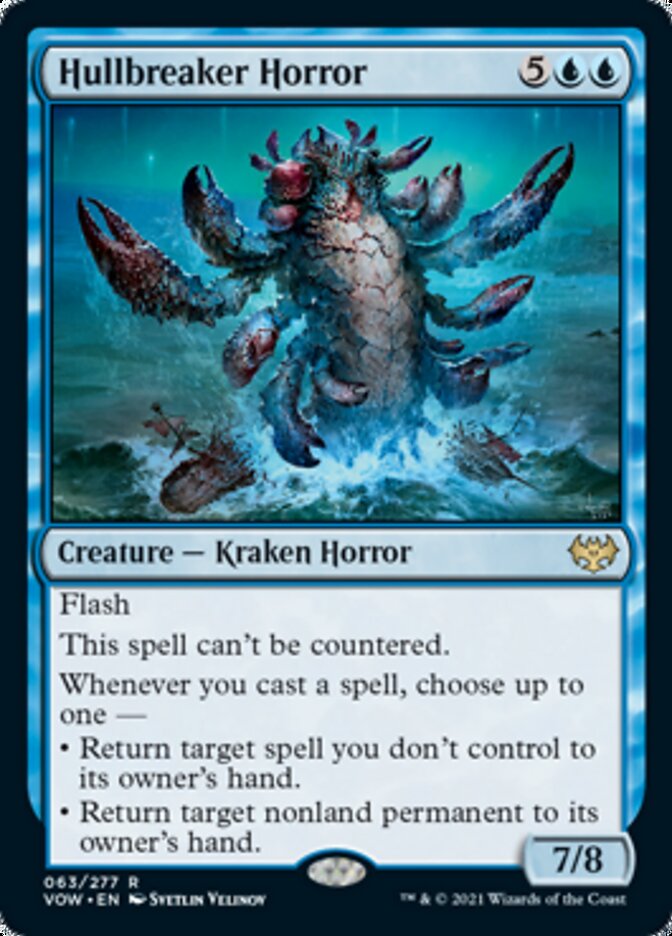


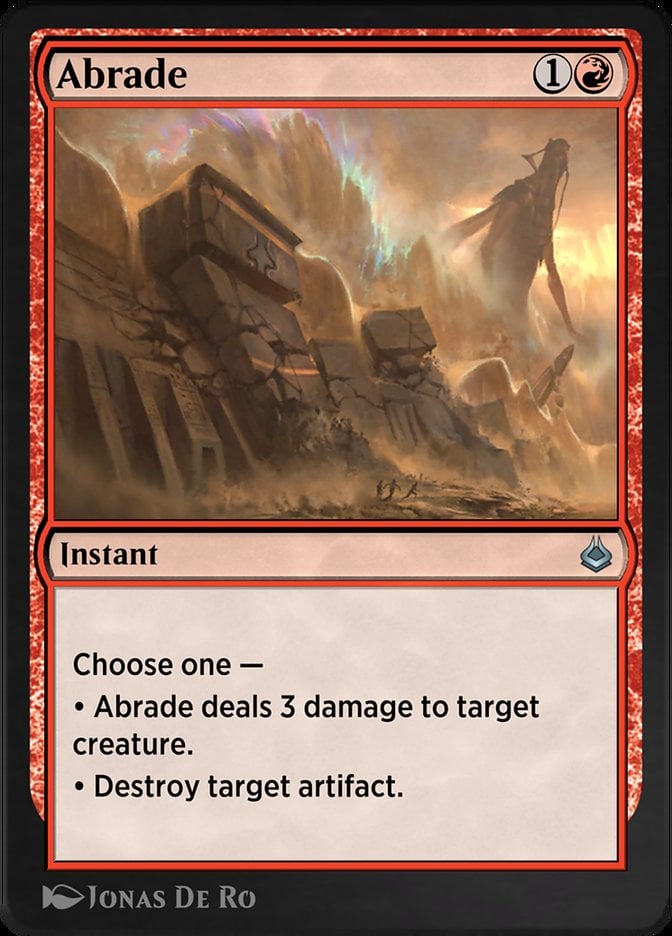
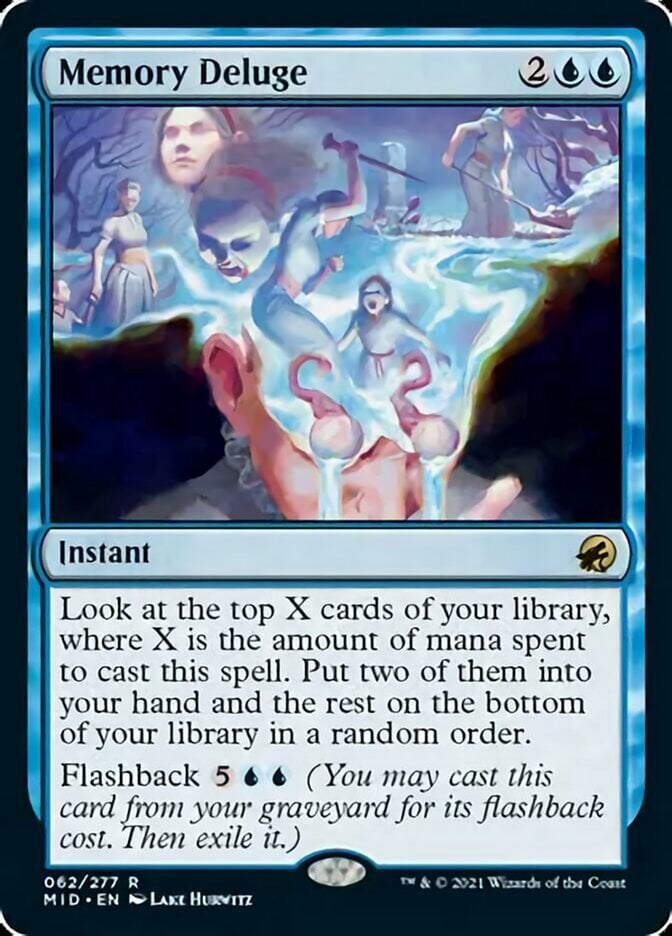

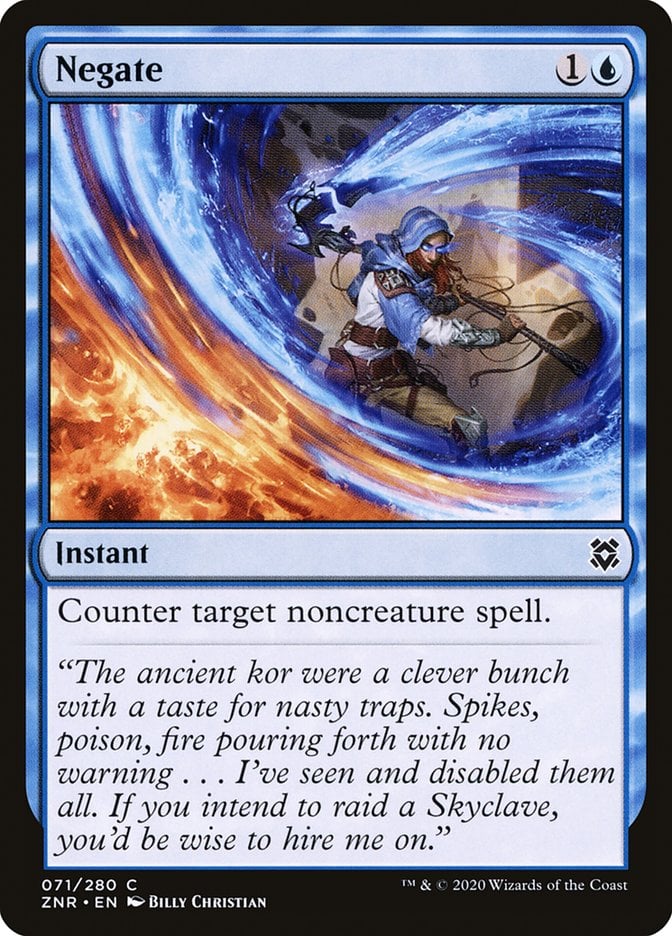
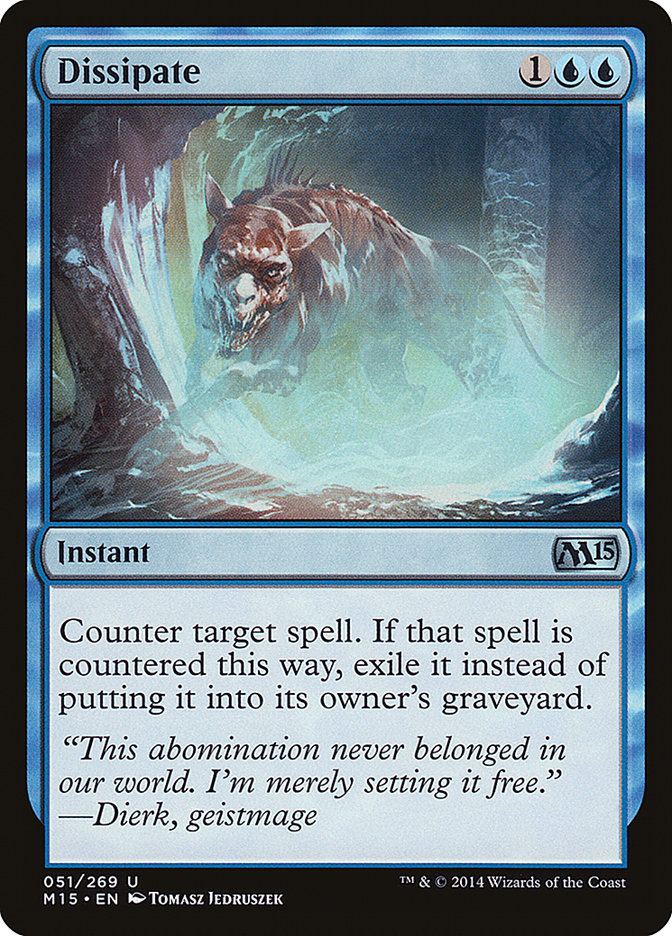
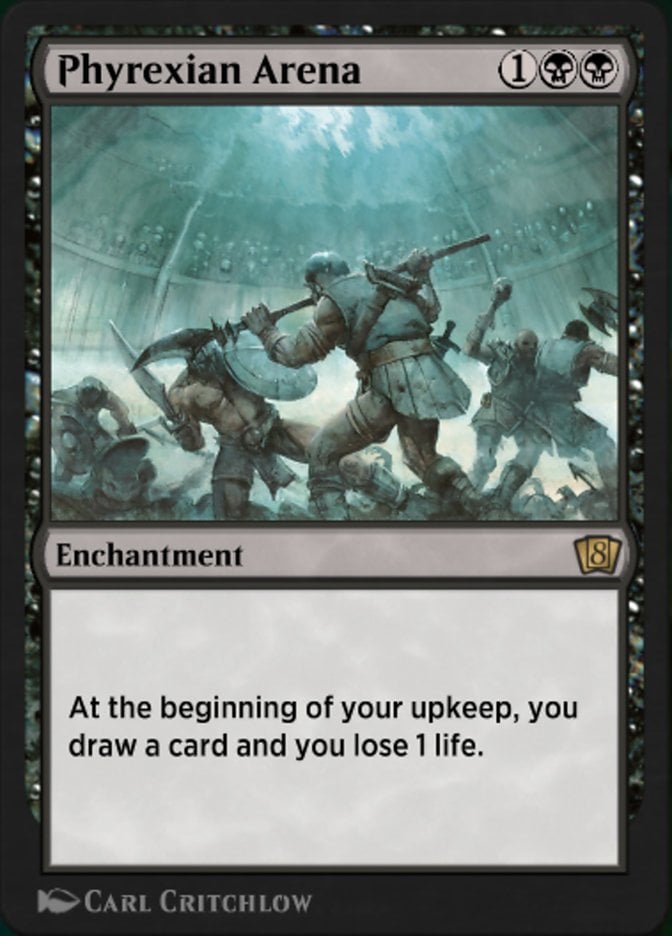


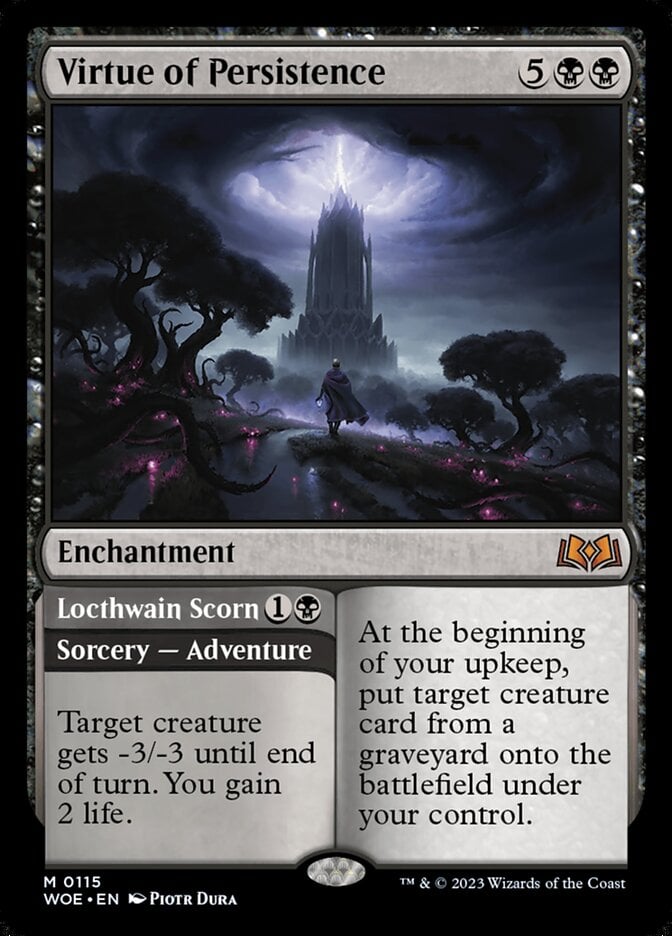
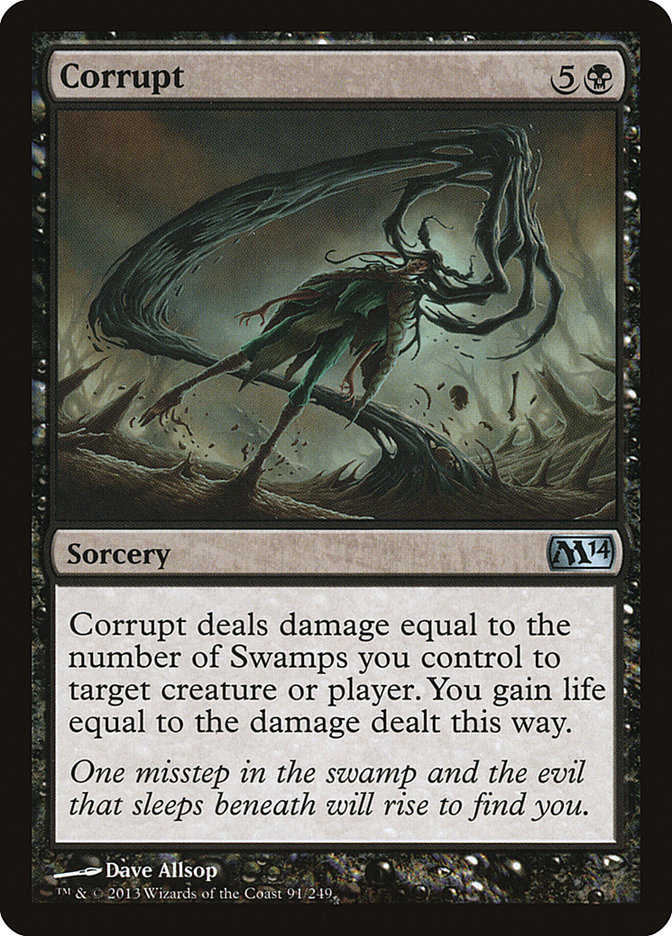
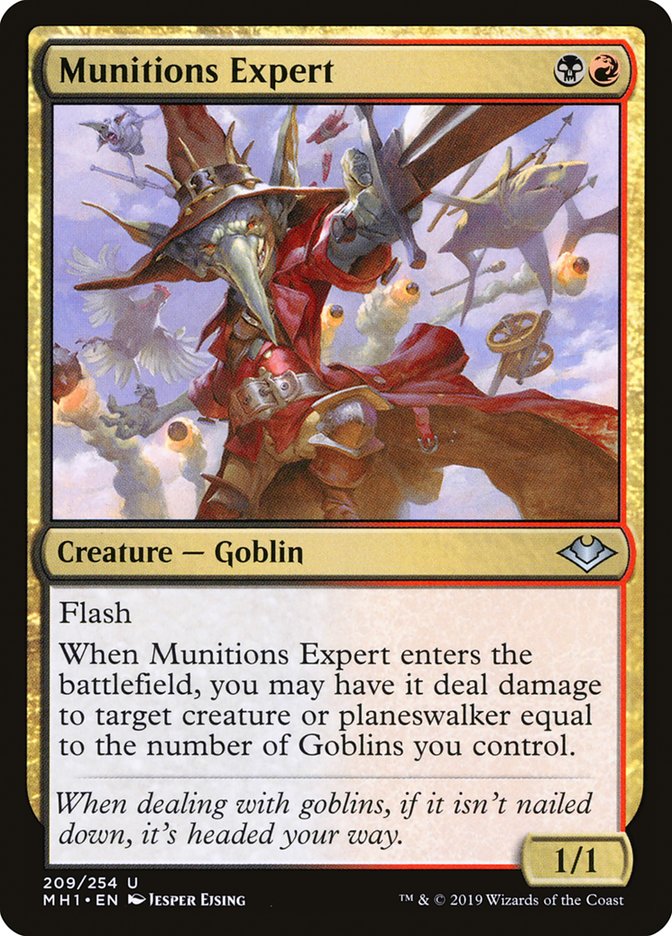
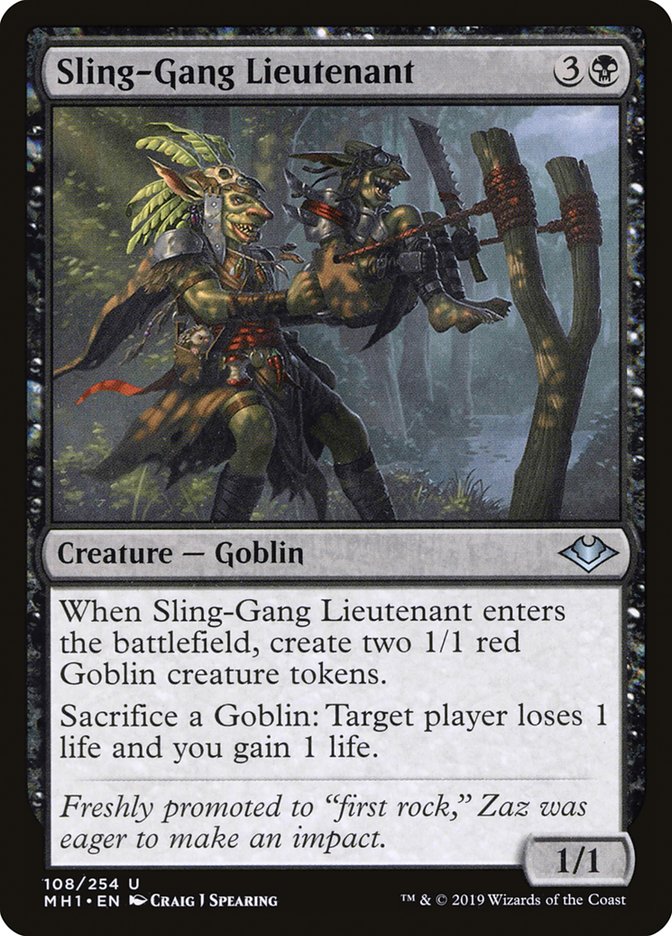
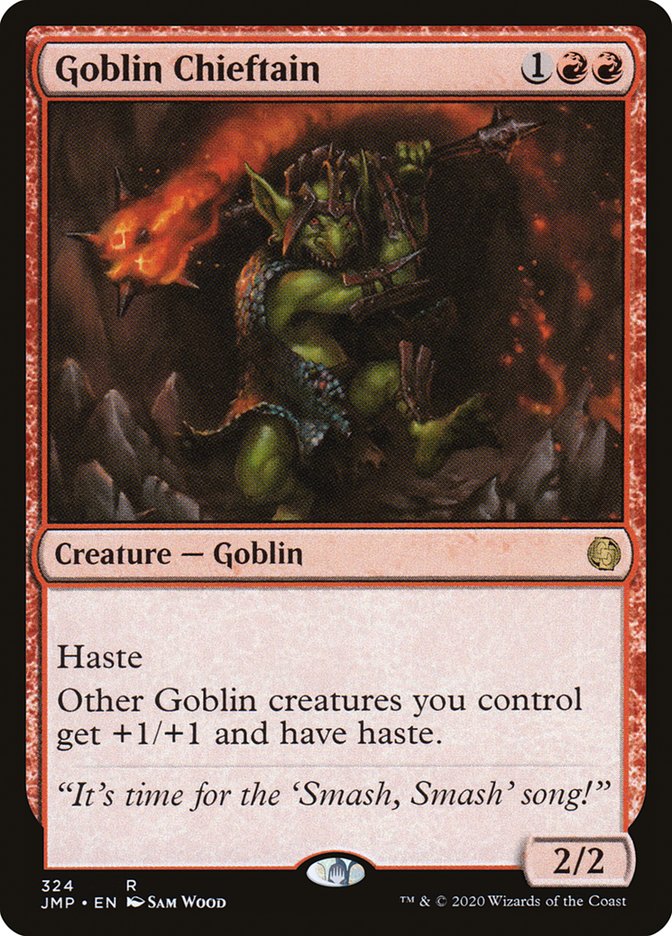
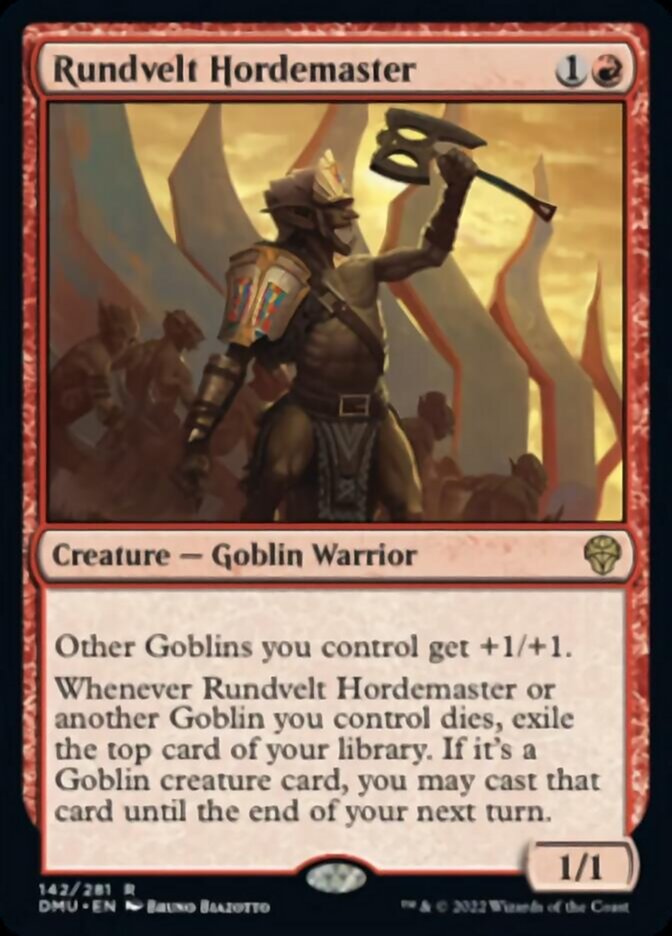
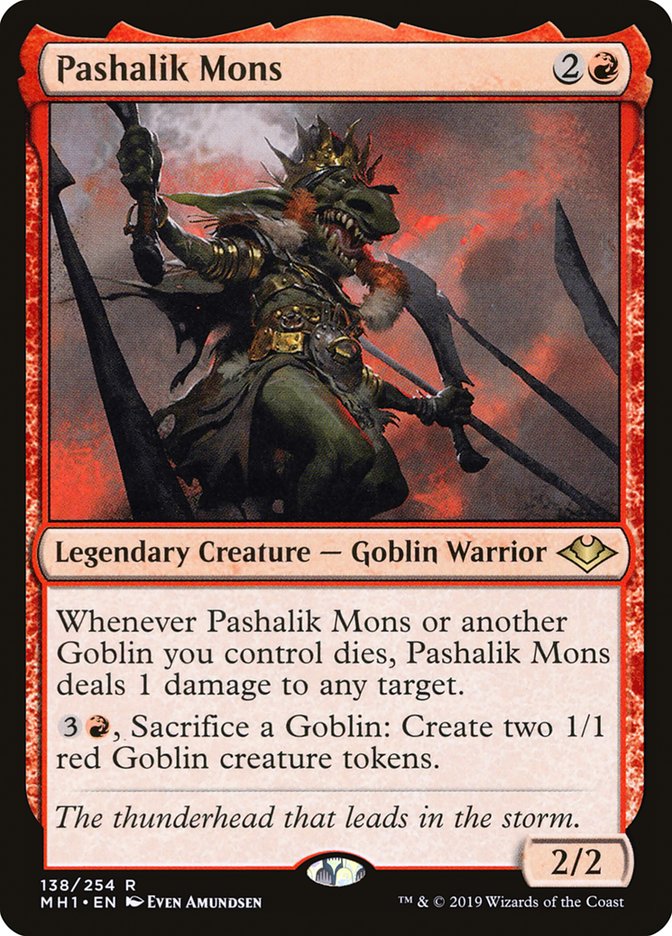
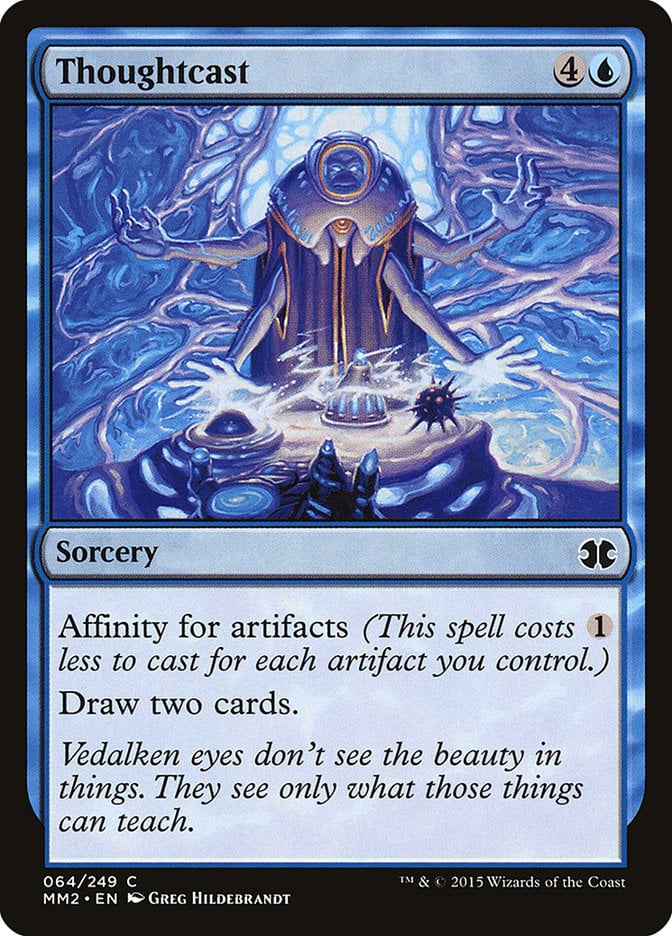
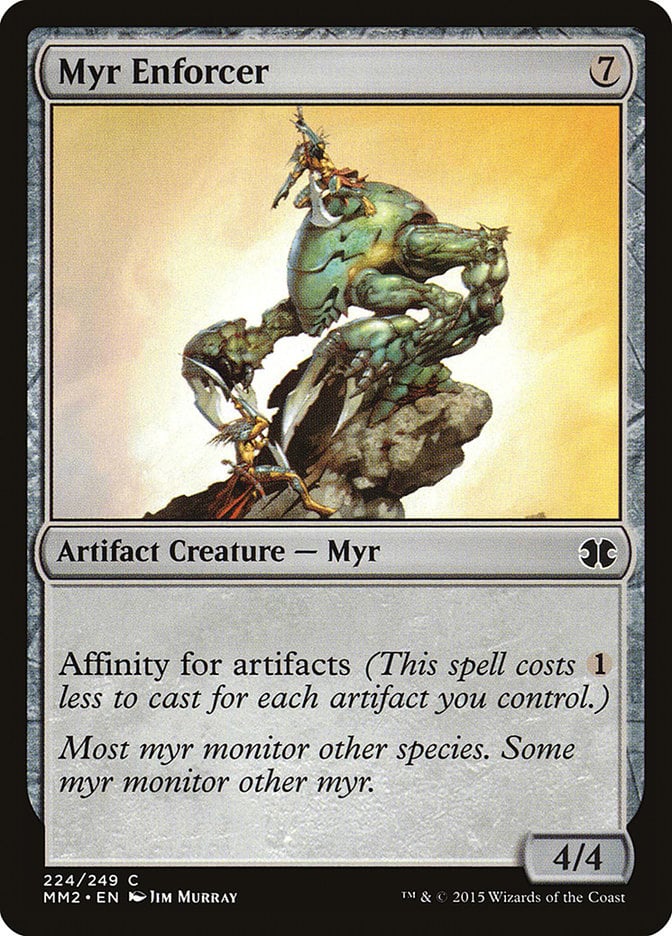
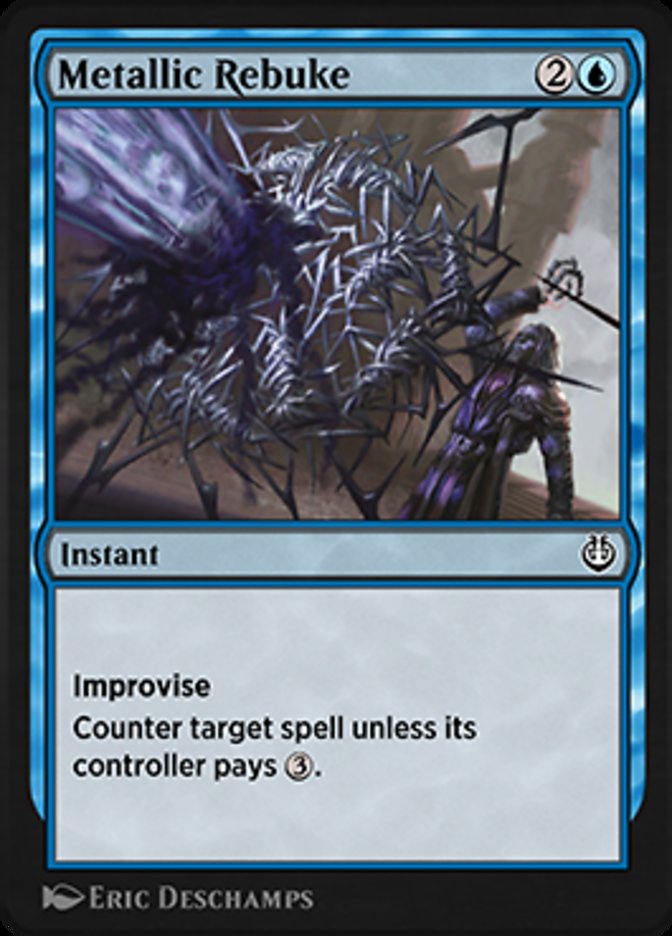
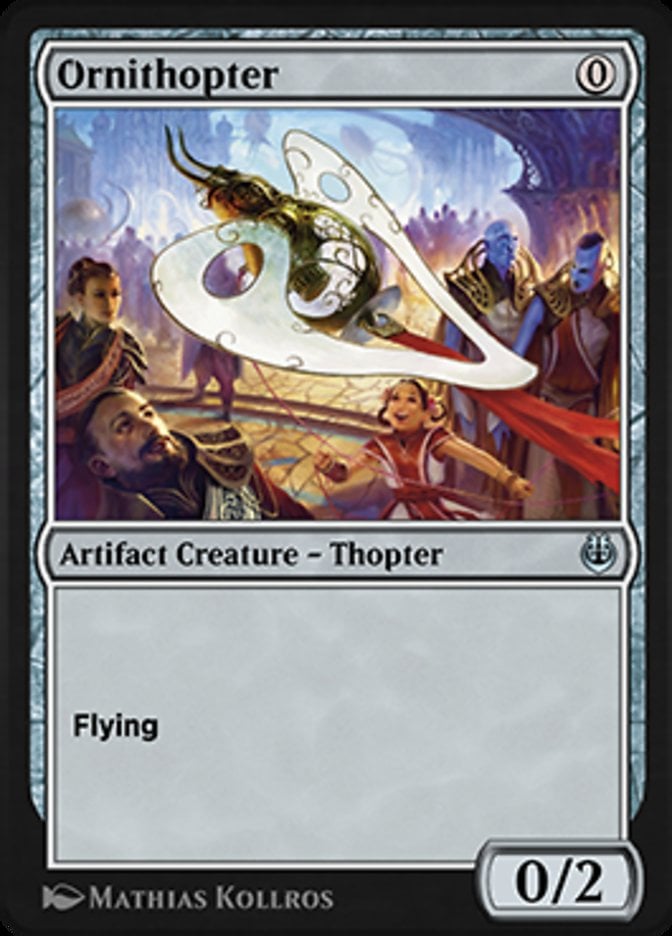
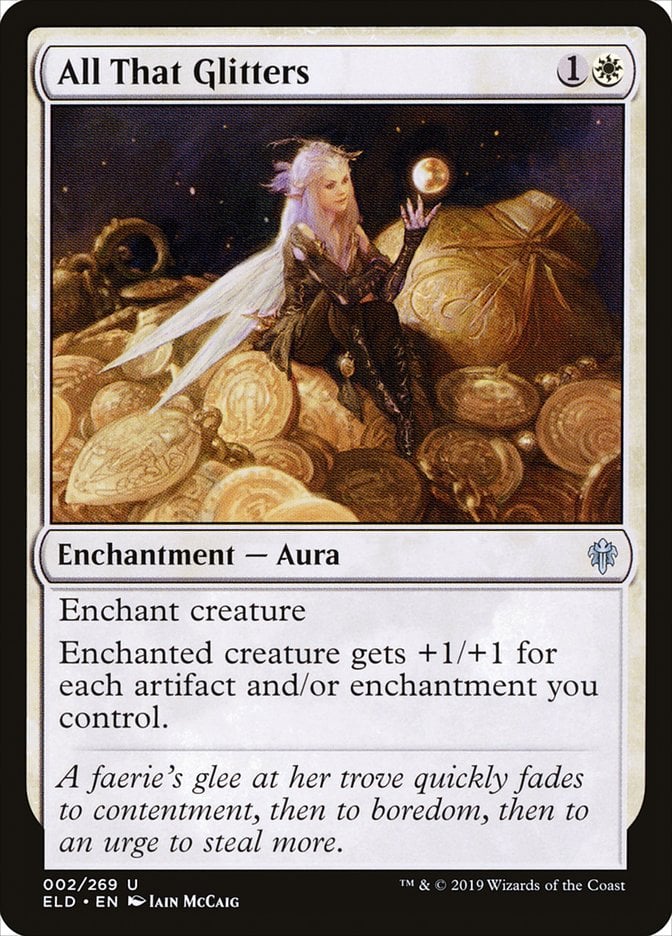
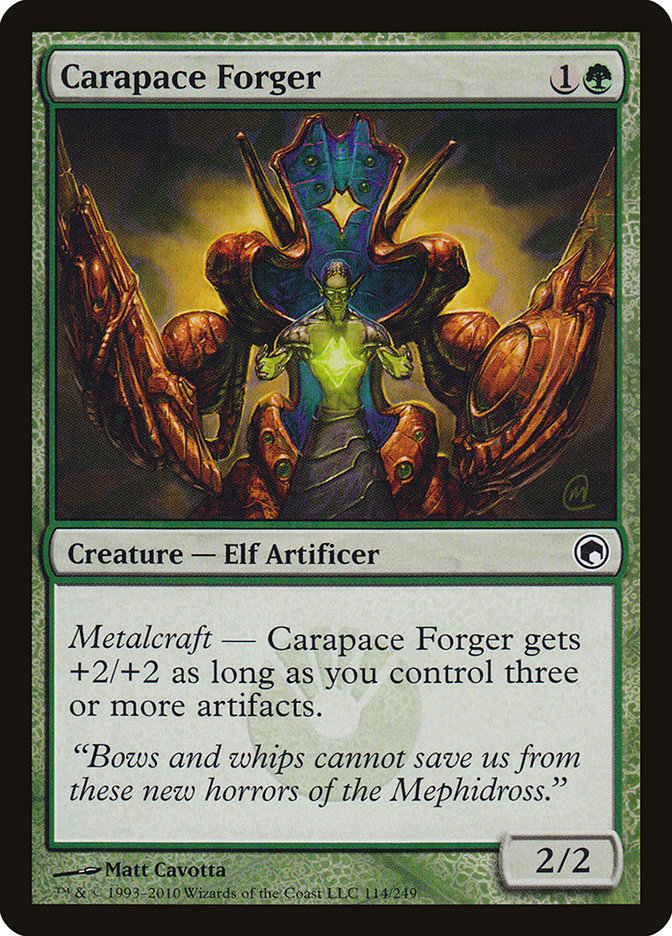





Add Comment